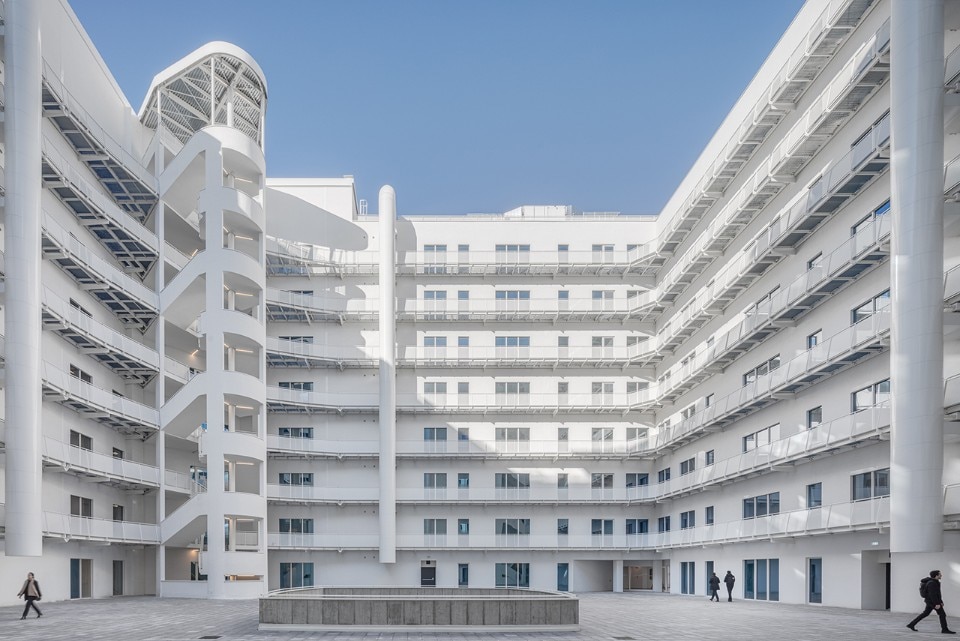
Studio FZ, Municipal office building, via Sile 8, Milano, 2021. Photo © Davide Galli Fotografo
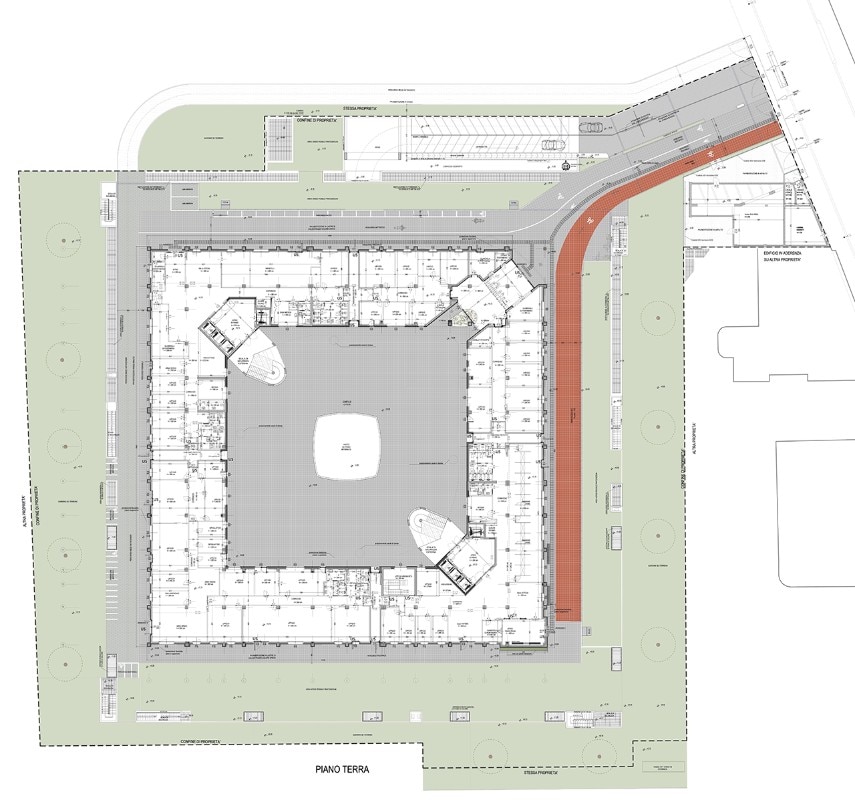
Studio FZ, Municipal office building, site plan
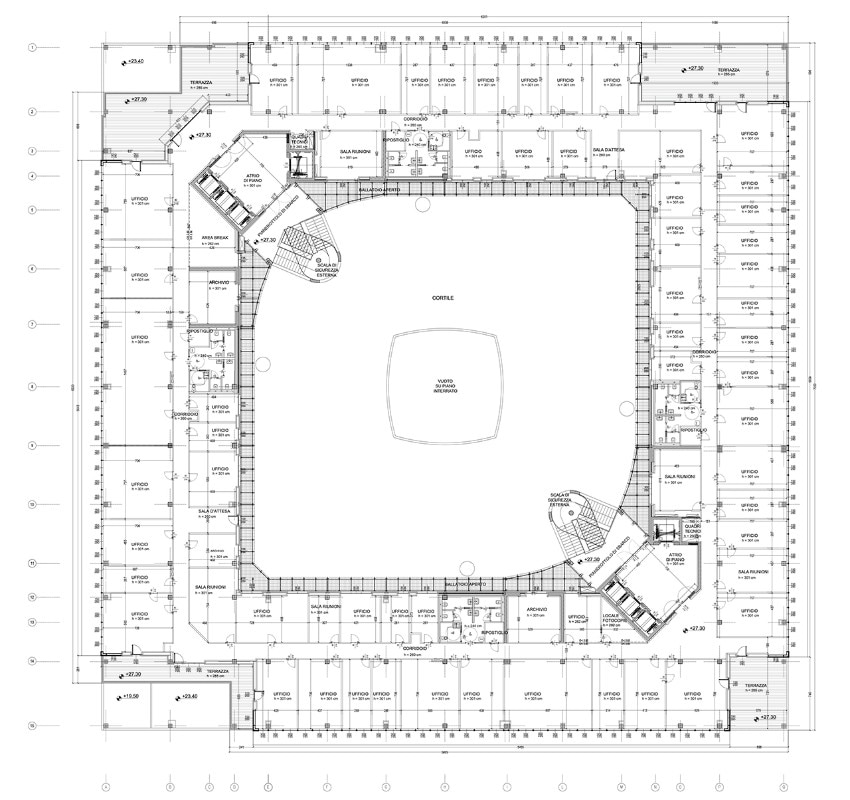
Studio FZ, Municipal office building, 7th floor plan
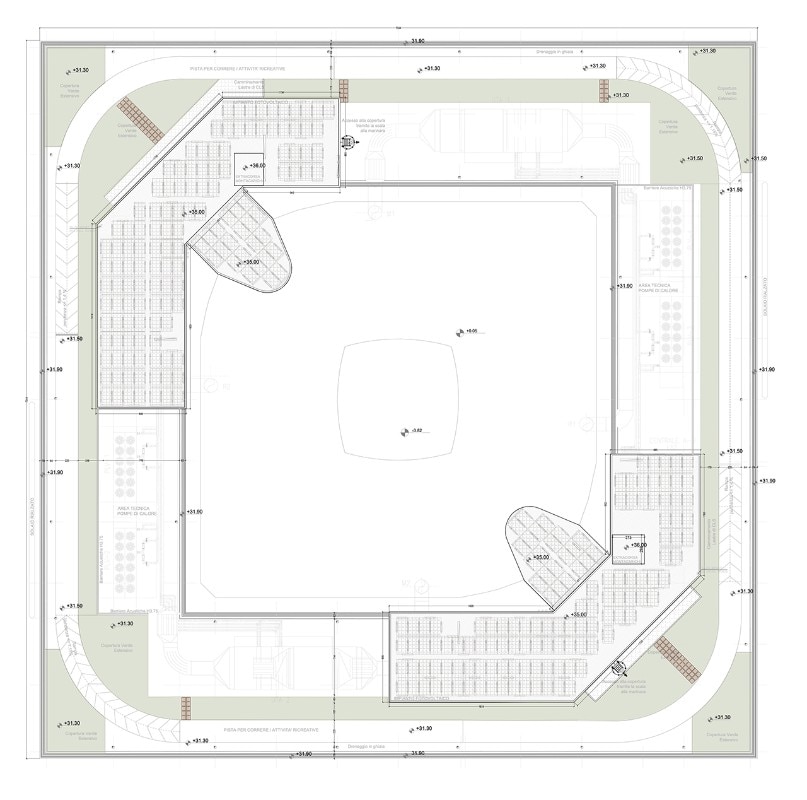
Studio FZ, Municipal office building, roof plan
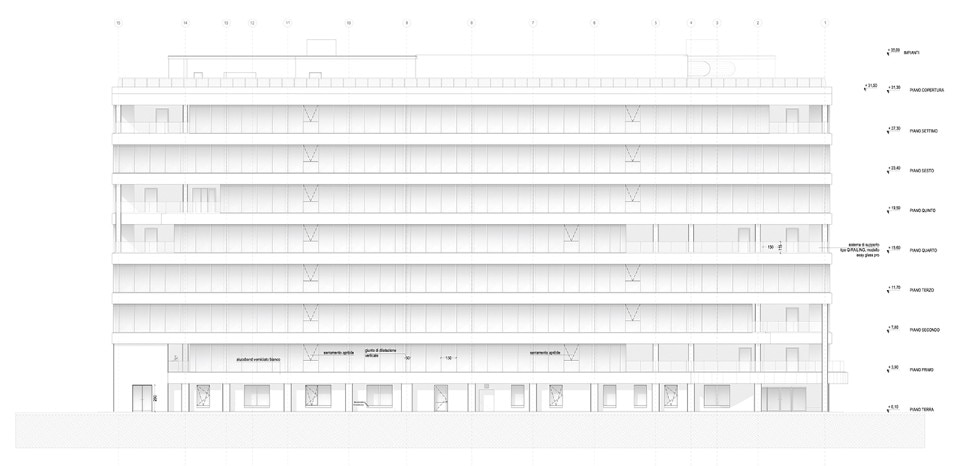
Studio FZ, Municipal office building, north-east elevation
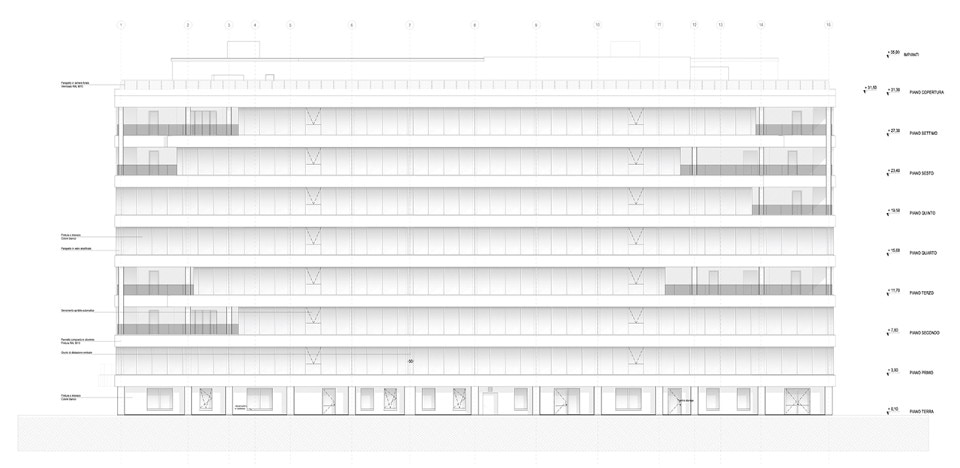
Studio FZ, Municipal office building, south-west elevation
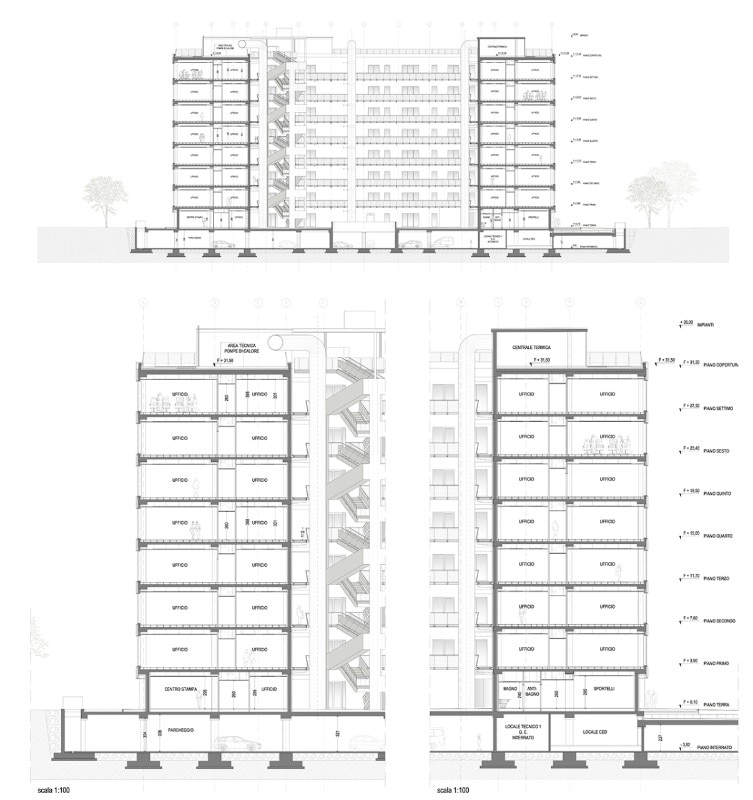
Studio FZ, Municipal office building, sections
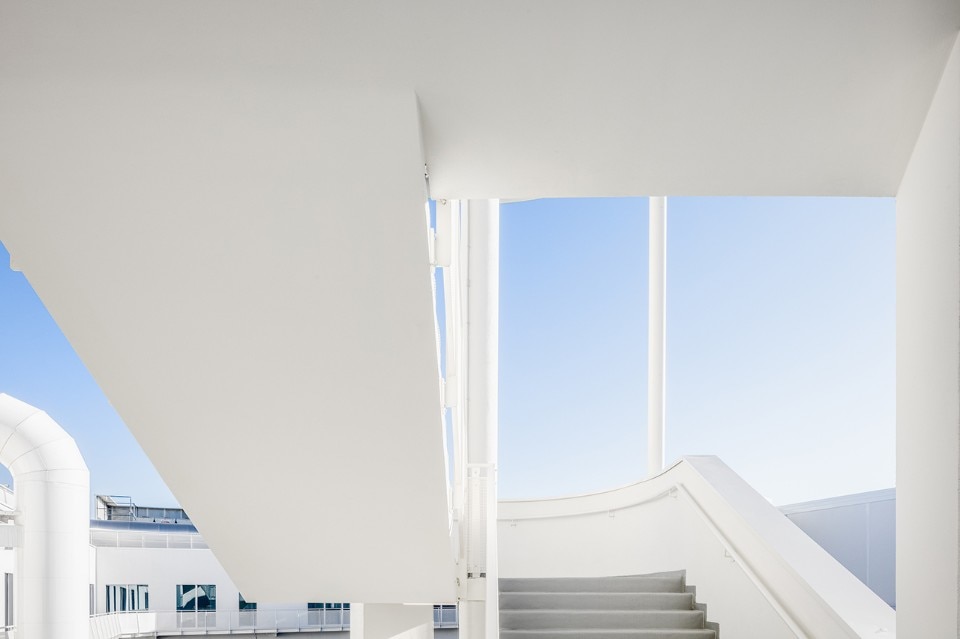
Studio FZ, Municipal office building, via Sile 8, Milano, 2021. Photo © Davide Galli Fotografo
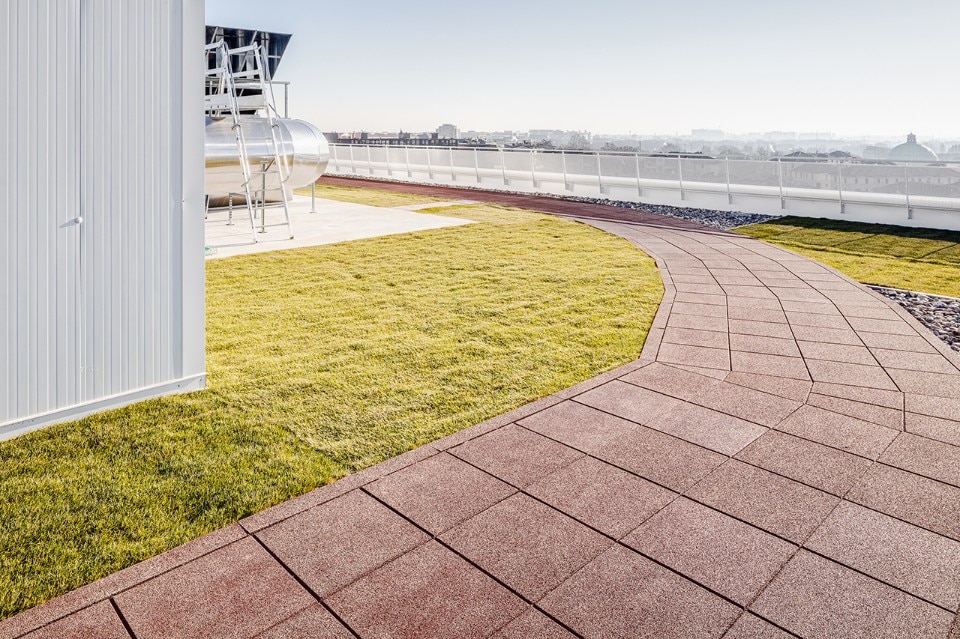
Studio FZ, Municipal office building, via Sile 8, Milano, 2021. Photo © Davide Galli Fotografo
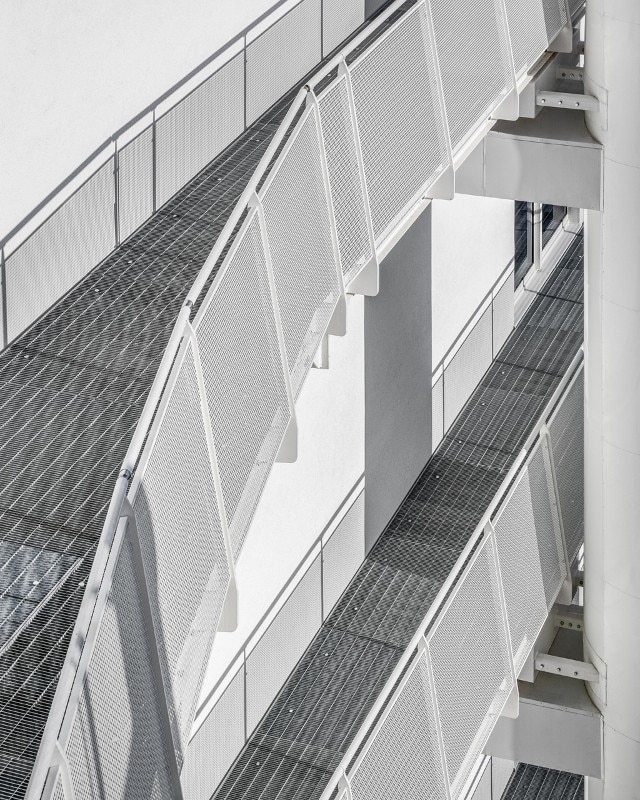
Studio FZ, Municipal office building, via Sile 8, Milano, 2021. Photo © Davide Galli Fotografo
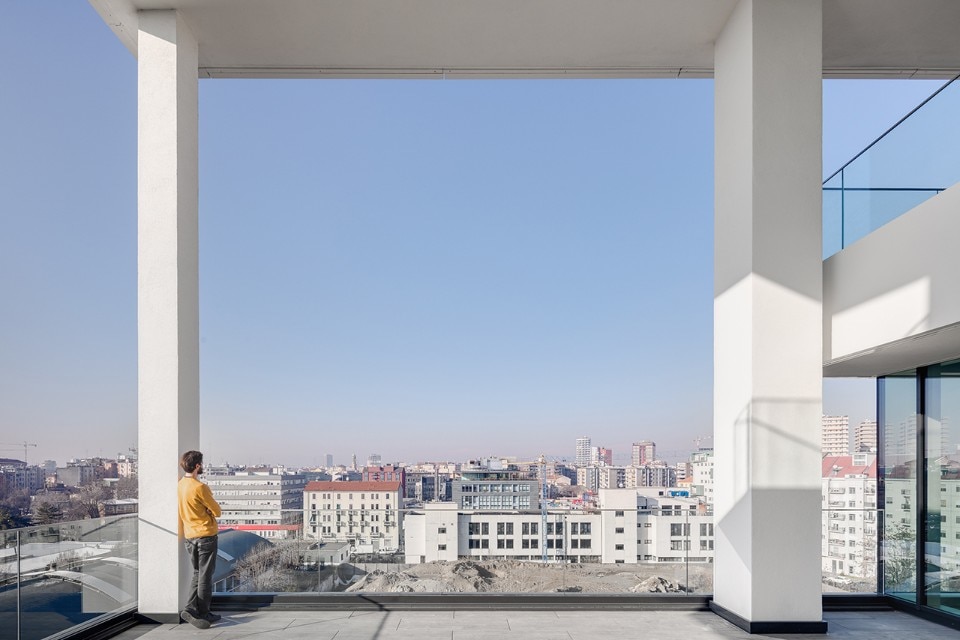
Studio FZ, Municipal office building, via Sile 8, Milano, 2021. Photo © Davide Galli Fotografo
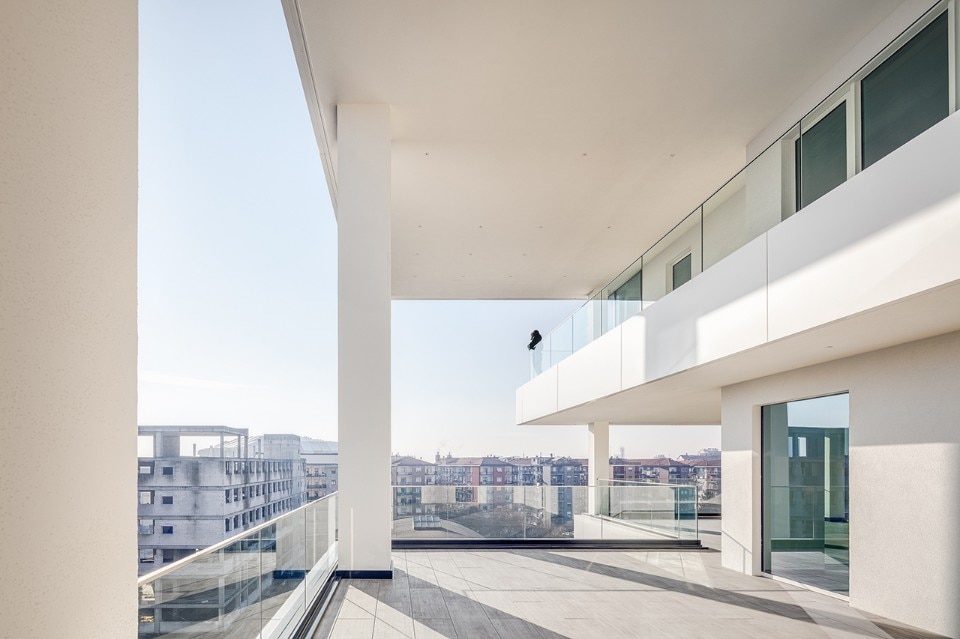
Studio FZ, Municipal office building, via Sile 8, Milano, 2021. Photo © Davide Galli Fotografo
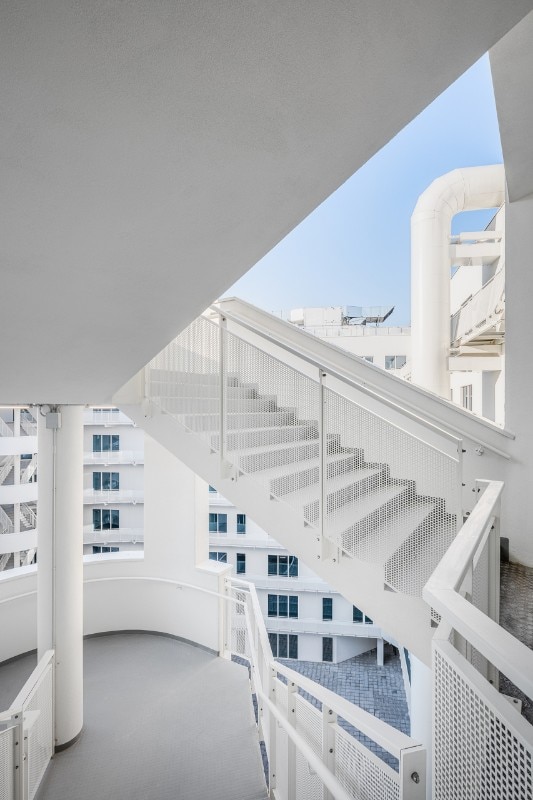
Studio FZ, Municipal office building, via Sile 8, Milano, 2021. Photo © Davide Galli Fotografo
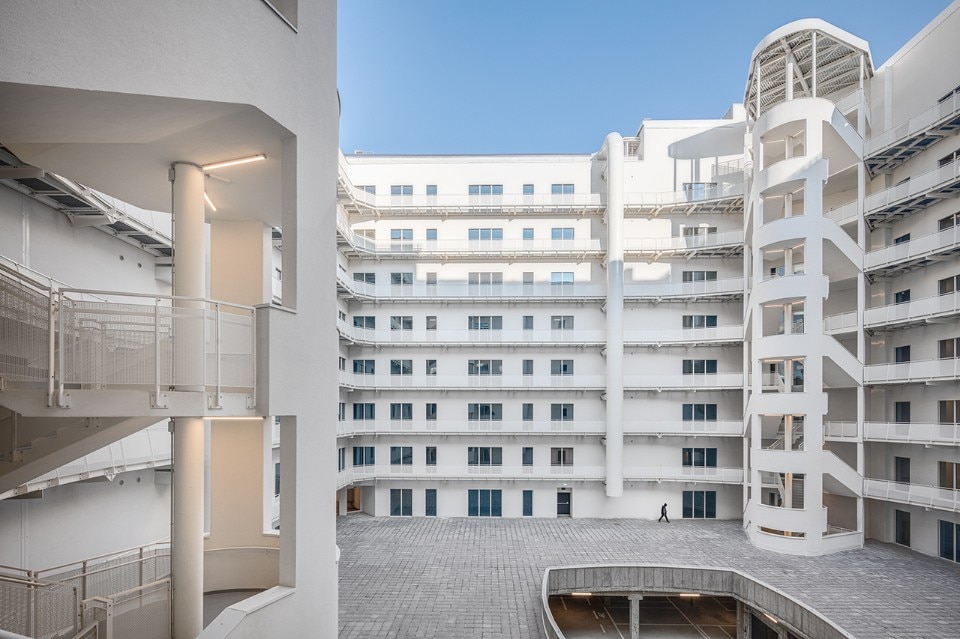
Studio FZ, Municipal office building, via Sile 8, Milano, 2021. Photo © Davide Galli Fotografo
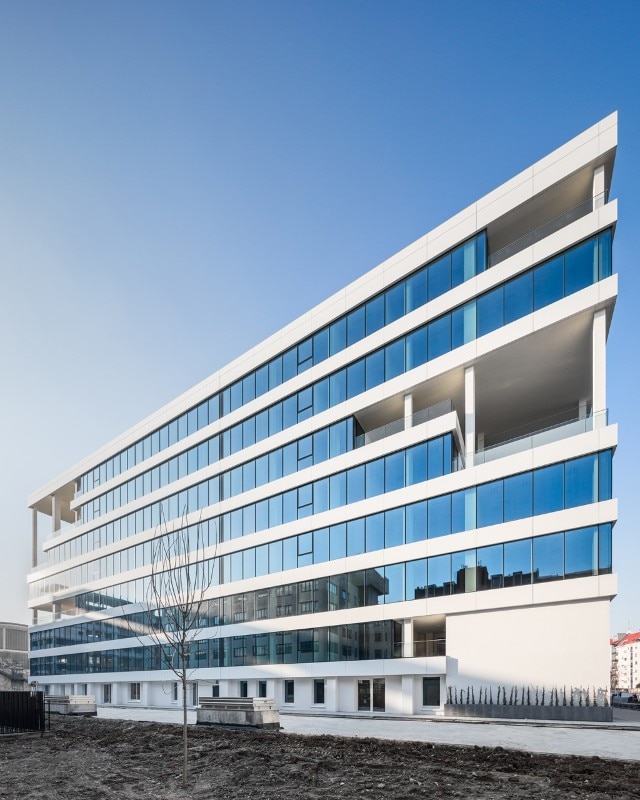
Studio FZ, Municipal office building, via Sile 8, Milano, 2021. Photo © Davide Galli Fotografo
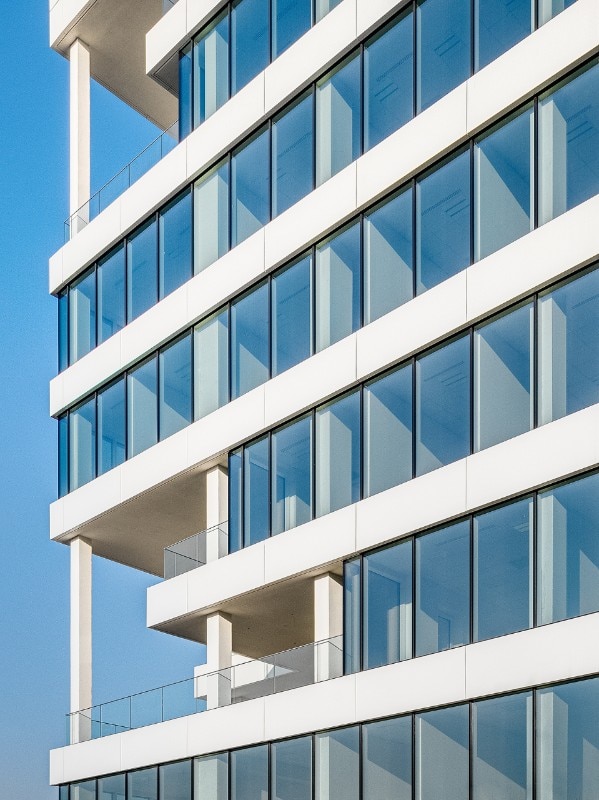
Studio FZ, Municipal office building, via Sile 8, Milano, 2021. Photo © Davide Galli Fotografo
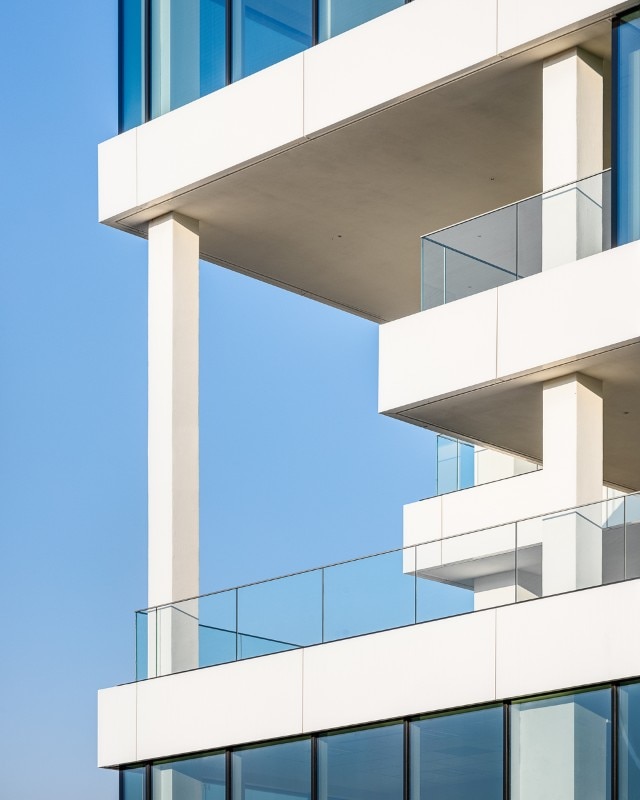
Studio FZ, Municipal office building, via Sile 8, Milano, 2021. Photo © Davide Galli Fotografo
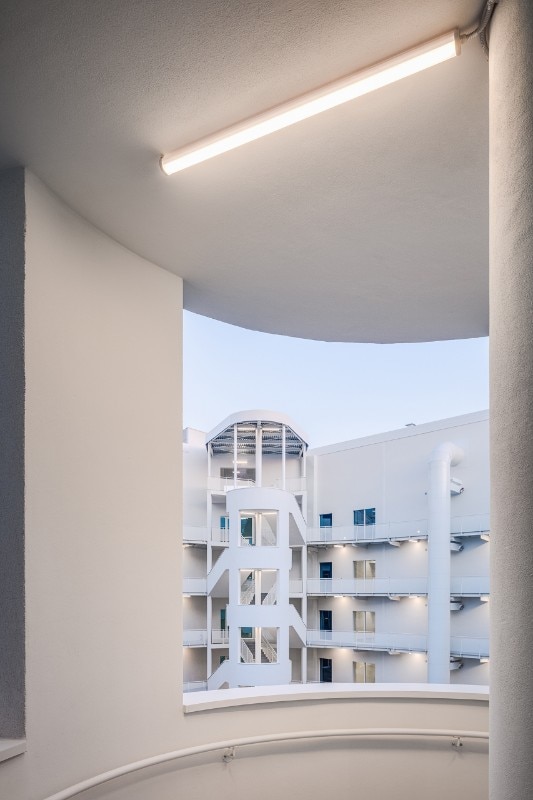
Studio FZ, Municipal office building, via Sile 8, Milano, 2021. Photo © Davide Galli Fotografo
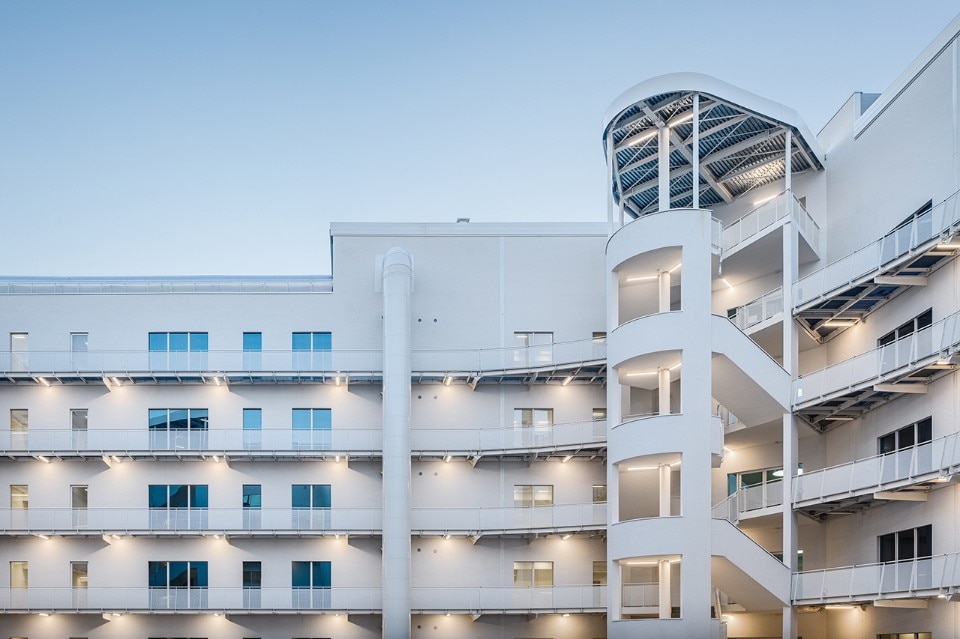
Studio FZ, Municipal office building, via Sile 8, Milano, 2021. Photo © Davide Galli Fotografo
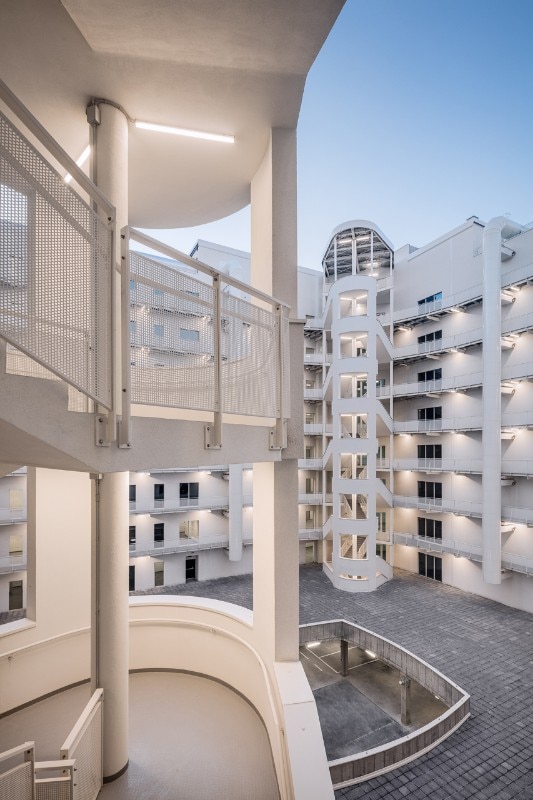
Studio FZ, Municipal office building, via Sile 8, Milano, 2021. Photo © Davide Galli Fotografo
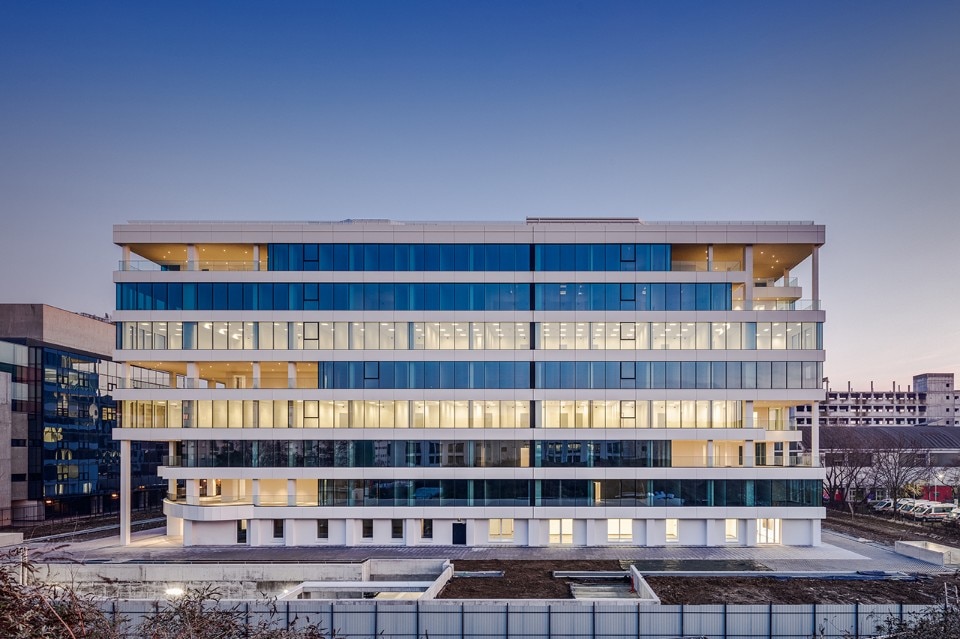
Studio FZ, Municipal office building, via Sile 8, Milano, 2021. Photo © Davide Galli Fotografo
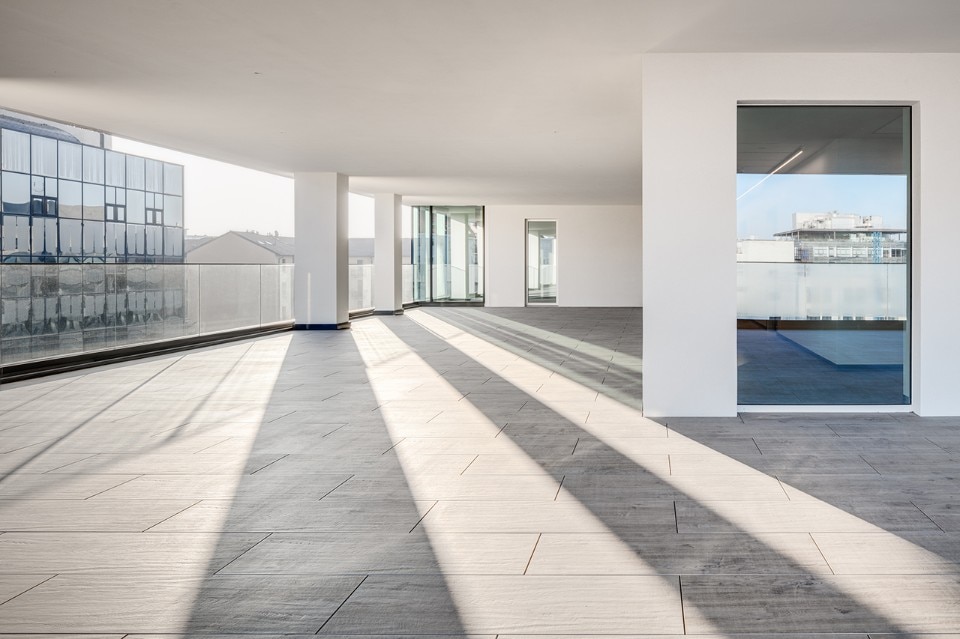
Studio FZ, Municipal office building, via Sile 8, Milano, 2021. Photo © Davide Galli Fotografo
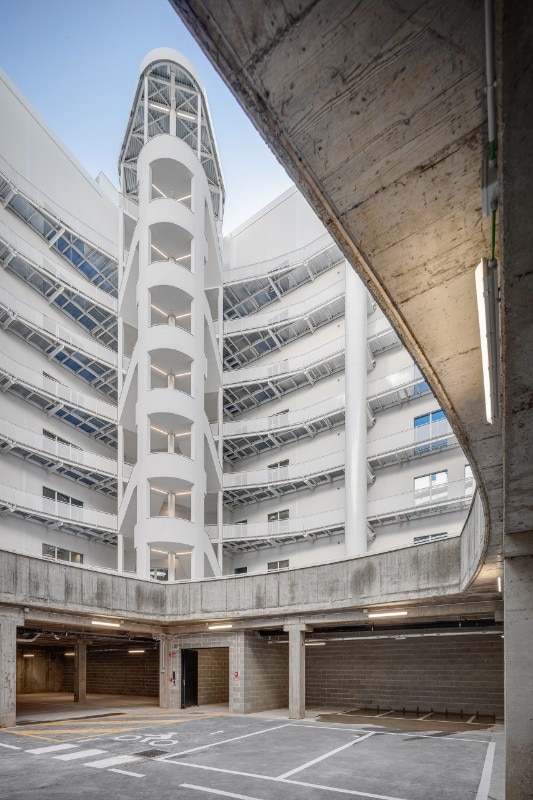
Studio FZ, Municipal office building, via Sile 8, Milano, 2021. Photo © Davide Galli Fotografo
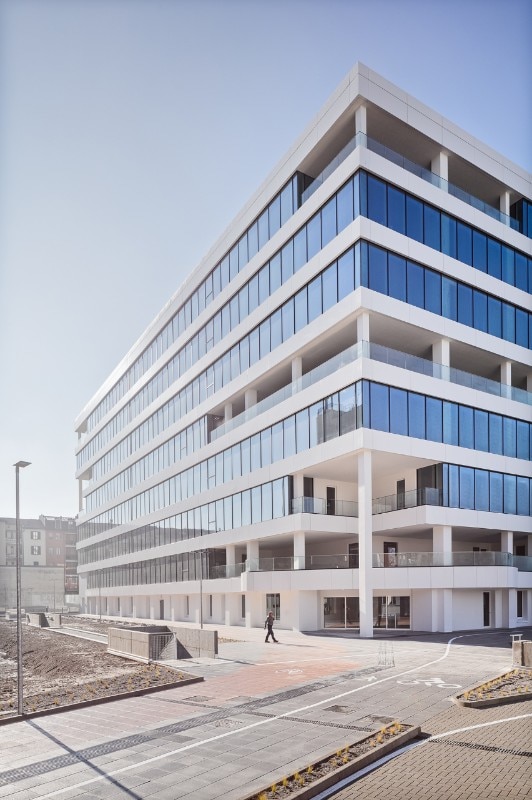
Studio FZ, Municipal office building, via Sile 8, Milano, 2021. Photo © Davide Galli Fotografo
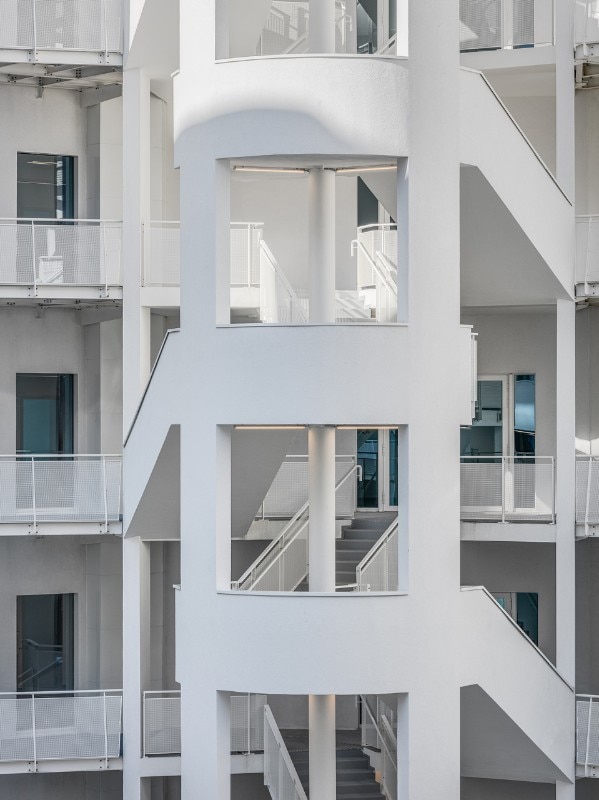
Studio FZ, Municipal office building, via Sile 8, Milano, 2021. Photo © Davide Galli Fotografo
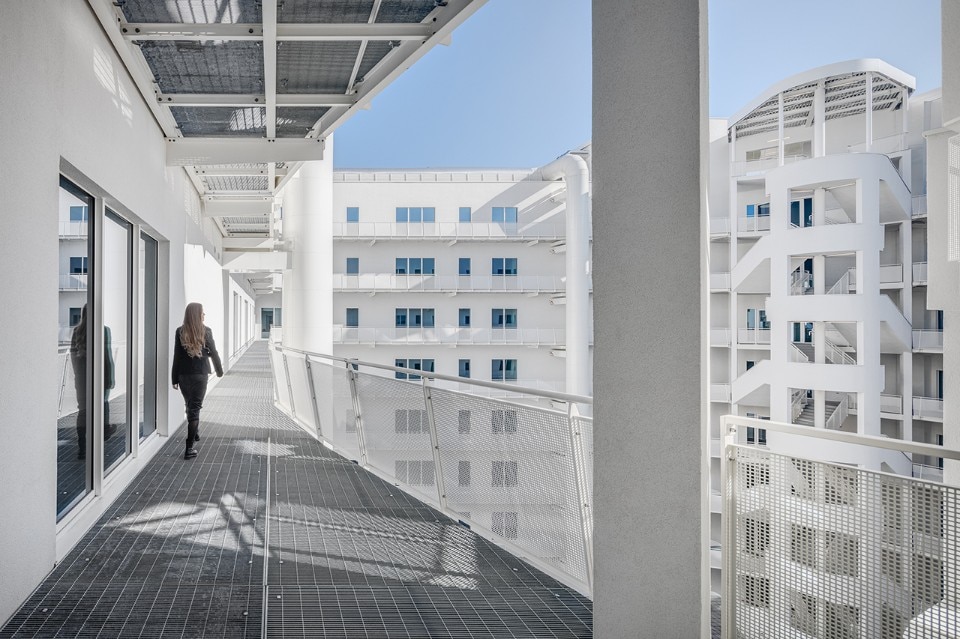
Studio FZ, Municipal office building, via Sile 8, Milano, 2021. Photo © Davide Galli Fotografo
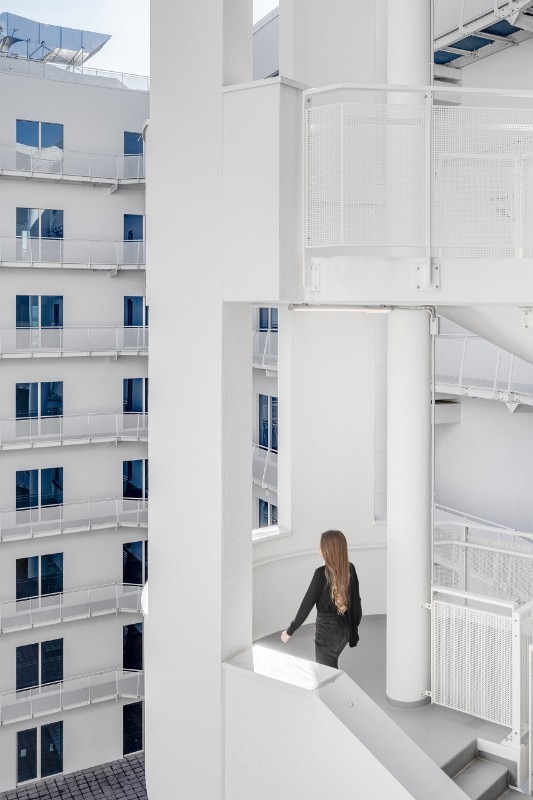
Studio FZ, Municipal office building, via Sile 8, Milano, 2021. Photo © Davide Galli Fotografo
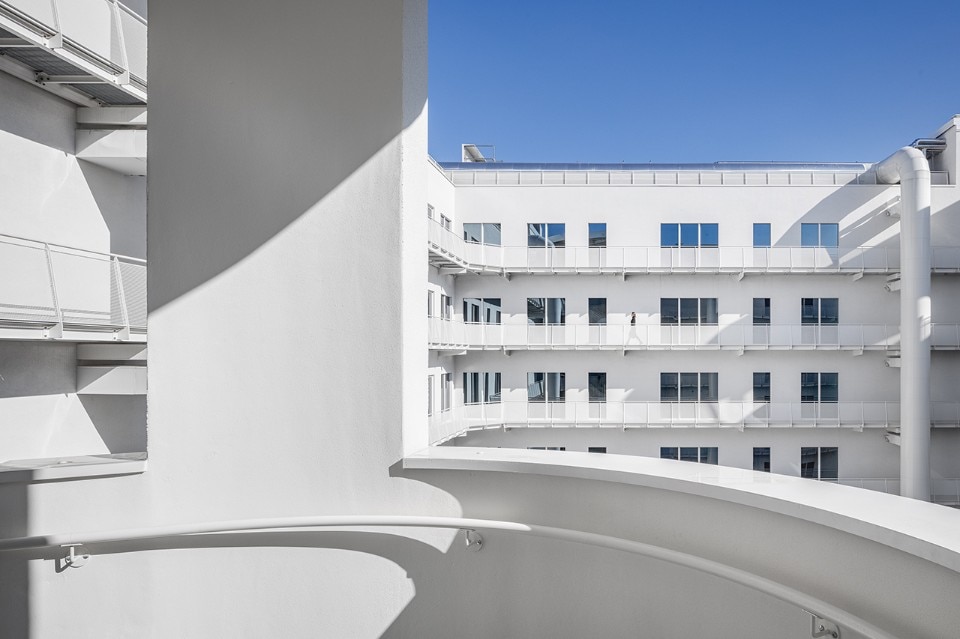
Studio FZ, Municipal office building, via Sile 8, Milano, 2021. Photo © Davide Galli Fotografo
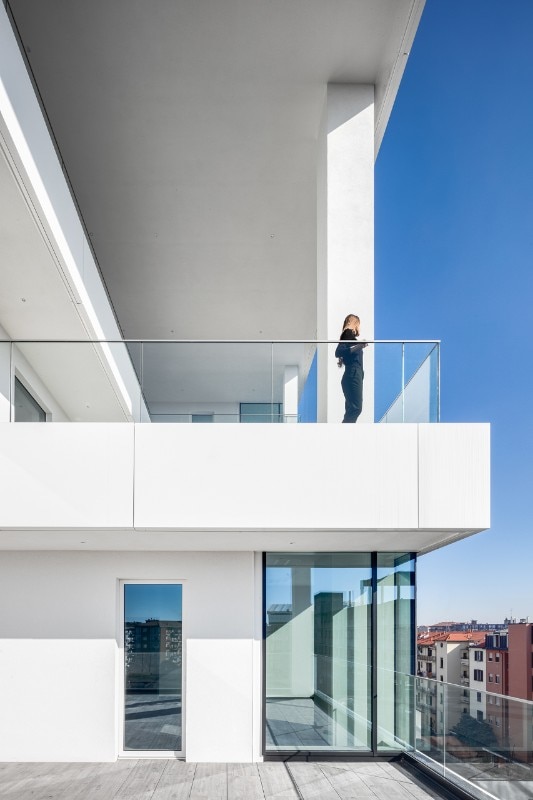
Studio FZ, Municipal office building, via Sile 8, Milano, 2021. Photo © Davide Galli Fotografo
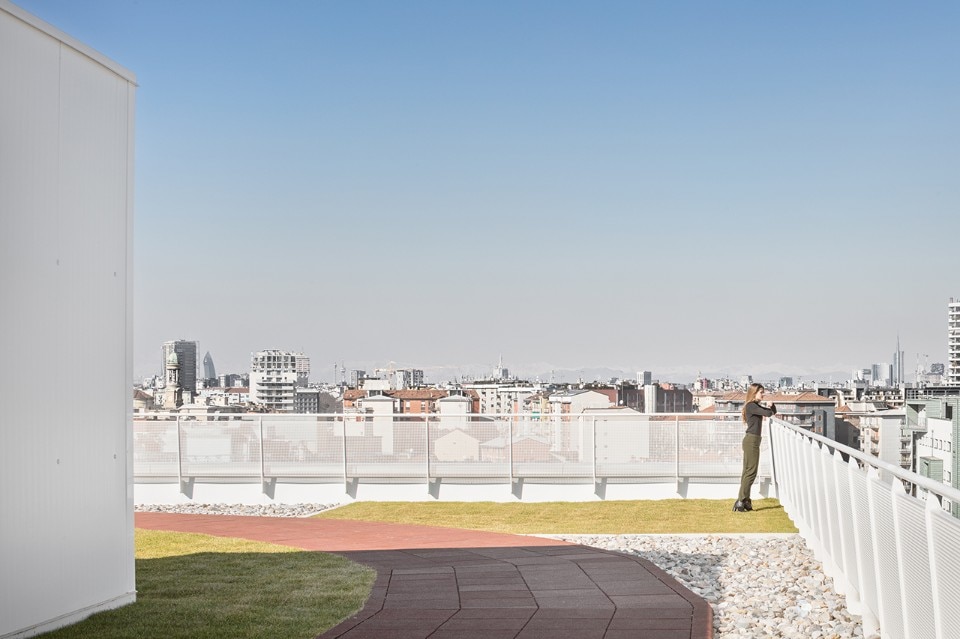
Studio FZ, Municipal office building, via Sile 8, Milano, 2021. Photo © Davide Galli Fotografo
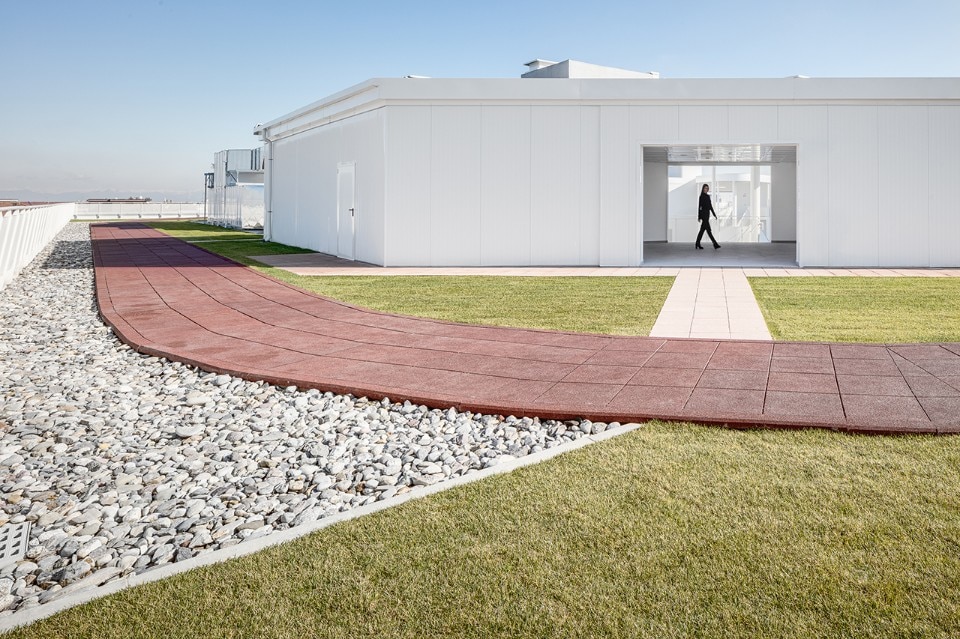
Studio FZ, Municipal office building, via Sile 8, Milano, 2021. Photo © Davide Galli Fotografo
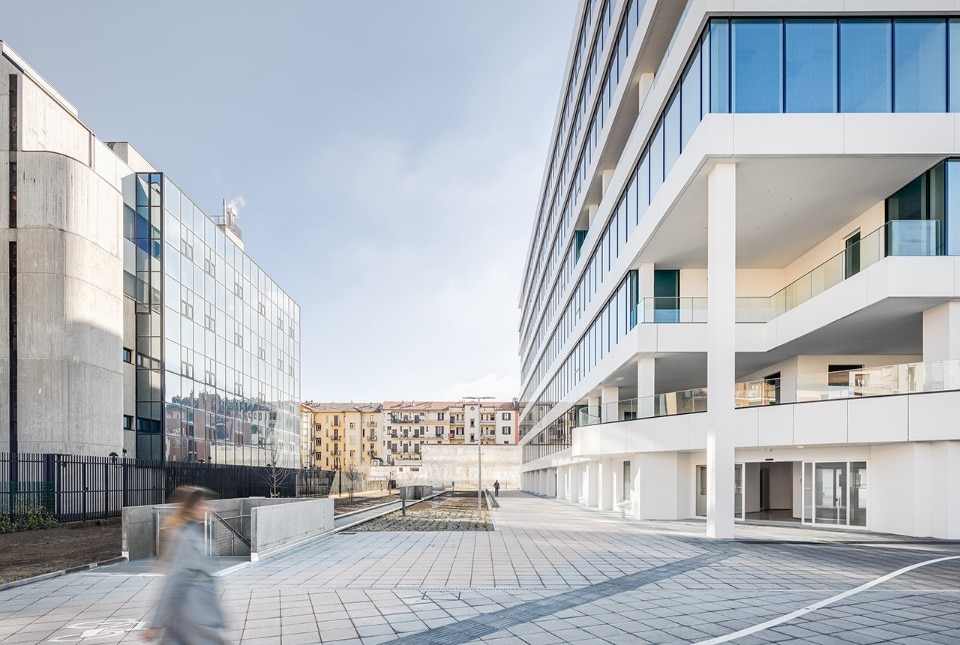
Studio FZ, Municipal office building, via Sile 8, Milano, 2021. Photo © Davide Galli Fotografo
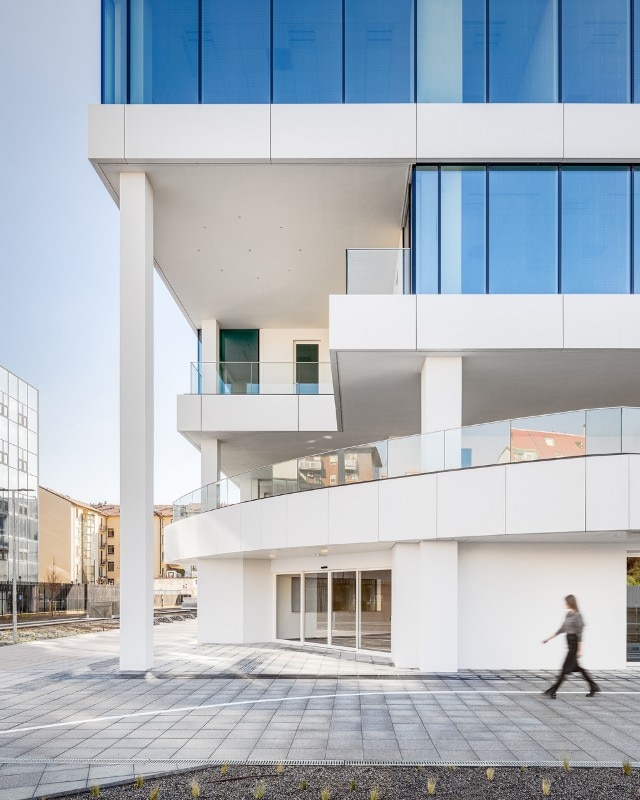
Studio FZ, Municipal office building, via Sile 8, Milano, 2021. Photo © Davide Galli Fotografo
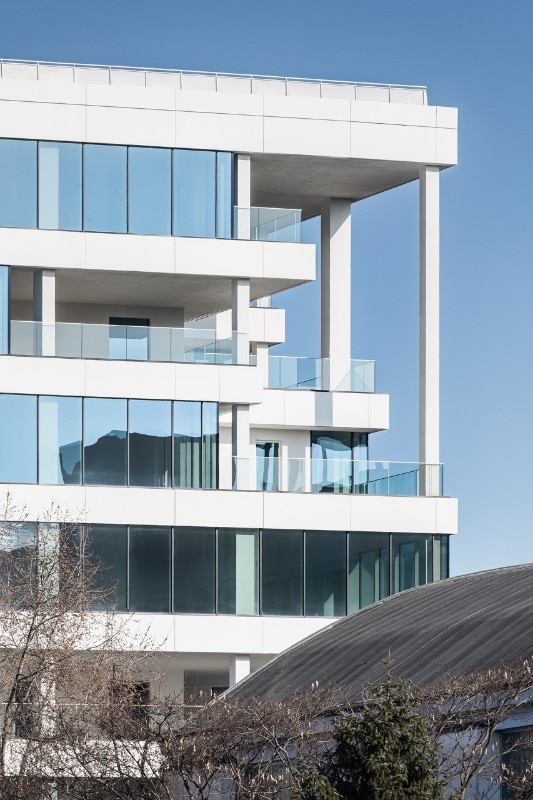
Studio FZ, Municipal office building, via Sile 8, Milano, 2021. Photo © Davide Galli Fotografo
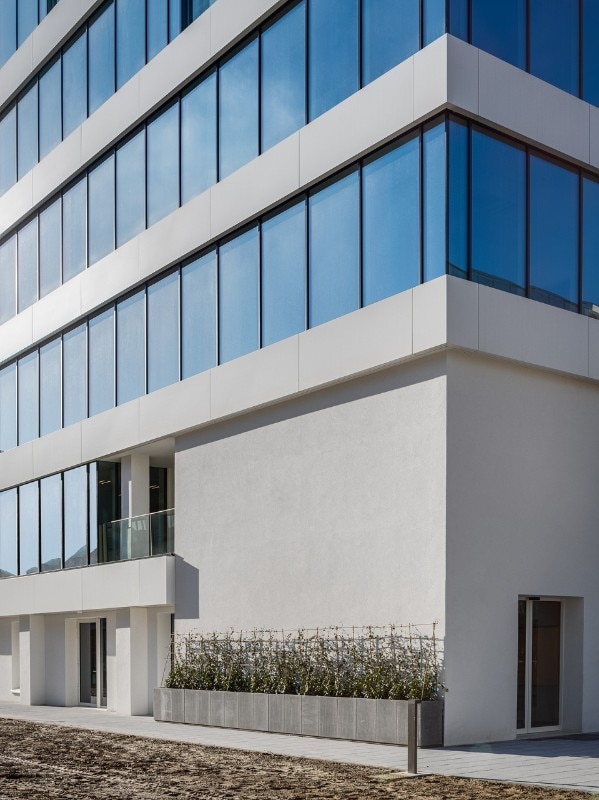
Studio FZ, Municipal office building, via Sile 8, Milano, 2021. Photo © Davide Galli Fotografo
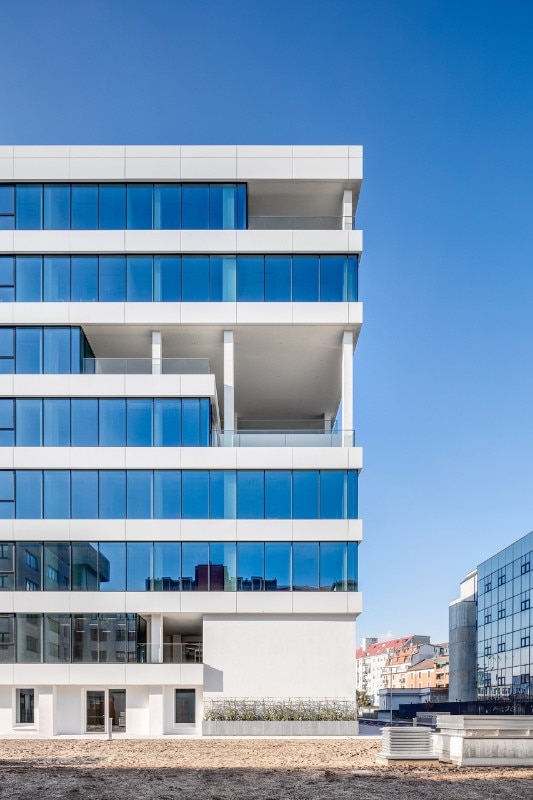
Studio FZ, Municipal office building, via Sile 8, Milano, 2021. Photo © Davide Galli Fotografo
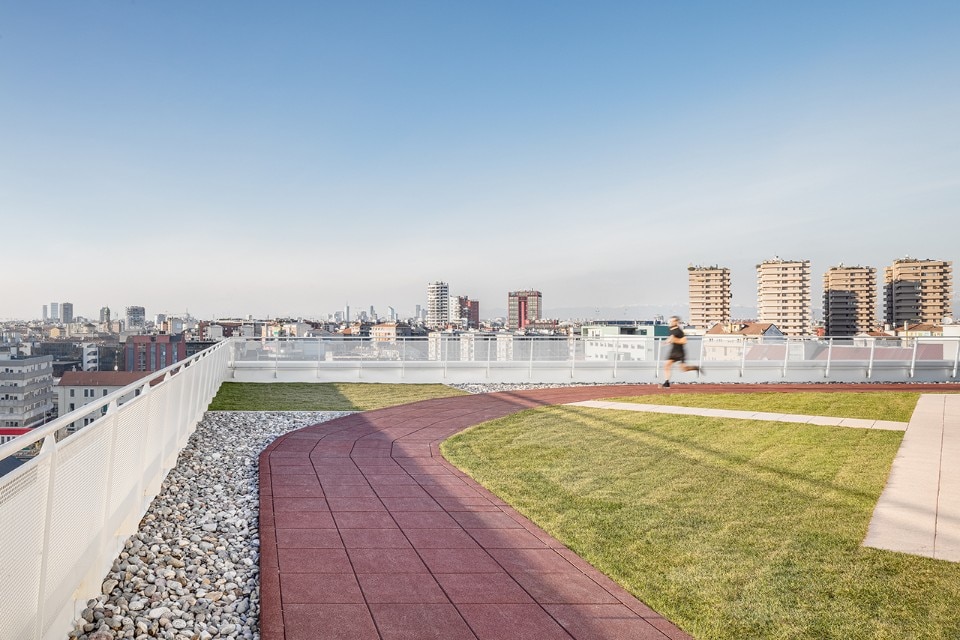
Studio FZ, Municipal office building, via Sile 8, Milano, 2021. Photo © Davide Galli Fotografo
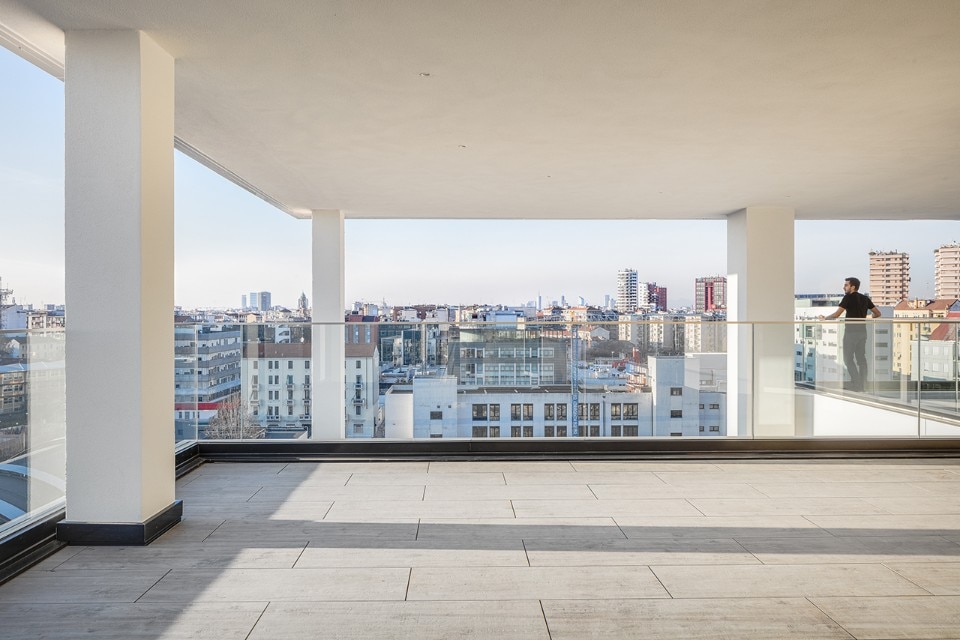
Studio FZ, Municipal office building, via Sile 8, Milano, 2021. Photo © Davide Galli Fotografo
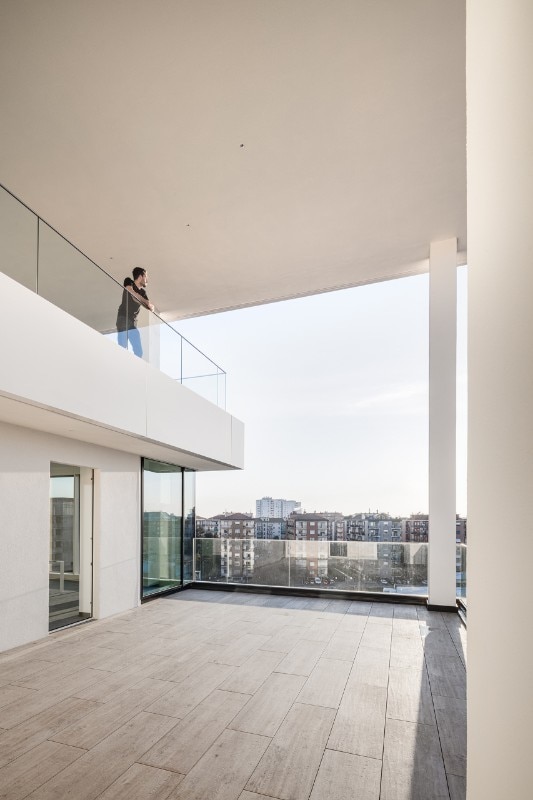
Studio FZ, Municipal office building, via Sile 8, Milano, 2021. Photo © Davide Galli Fotografo
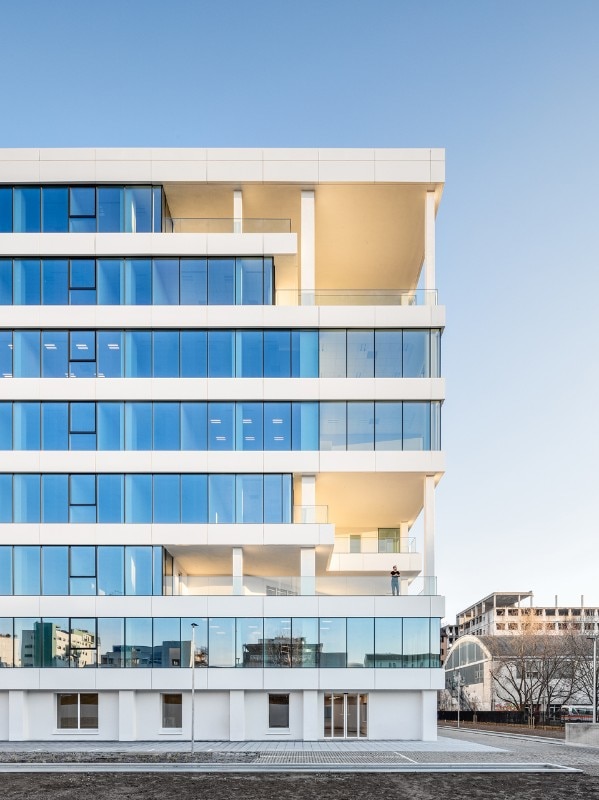
Studio FZ, Municipal office building, via Sile 8, Milano, 2021. Photo © Davide Galli Fotografo
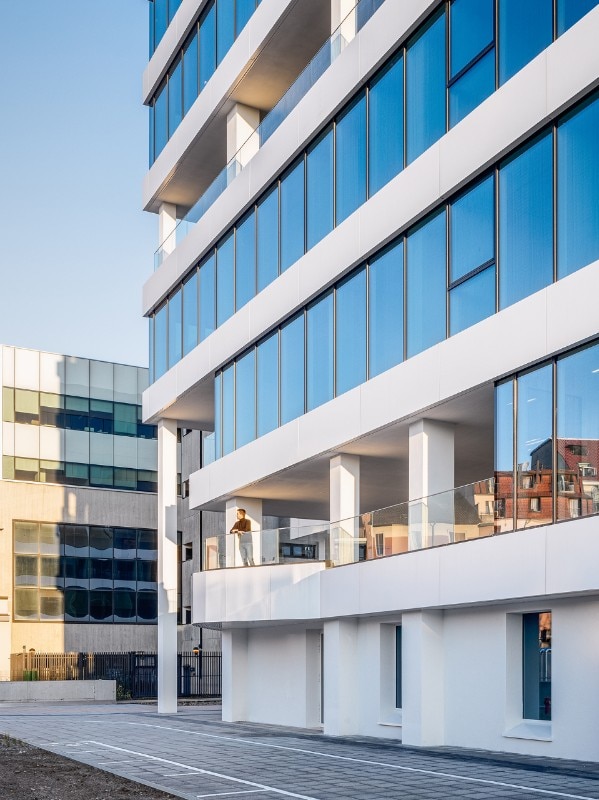
Studio FZ, Municipal office building, via Sile 8, Milano, 2021. Photo © Davide Galli Fotografo
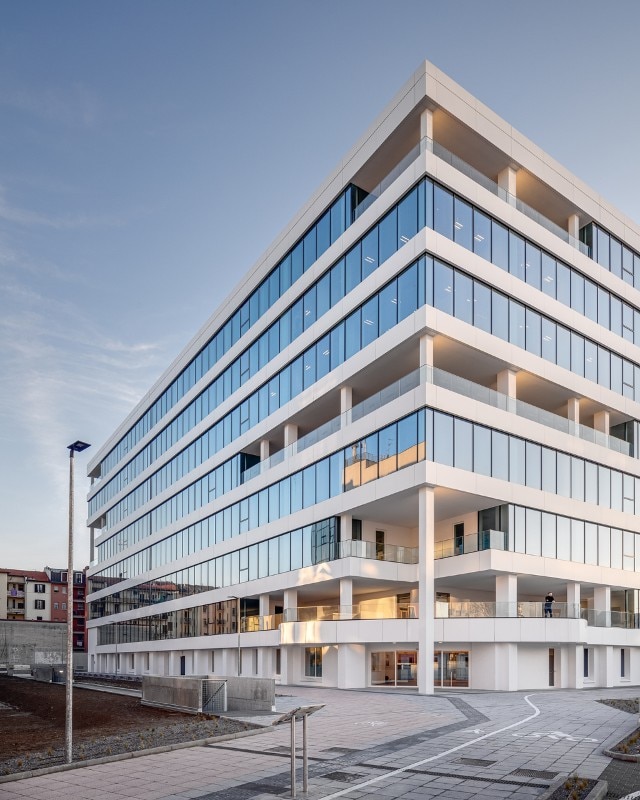
Studio FZ, Municipal office building, via Sile 8, Milano, 2021. Photo © Davide Galli Fotografo
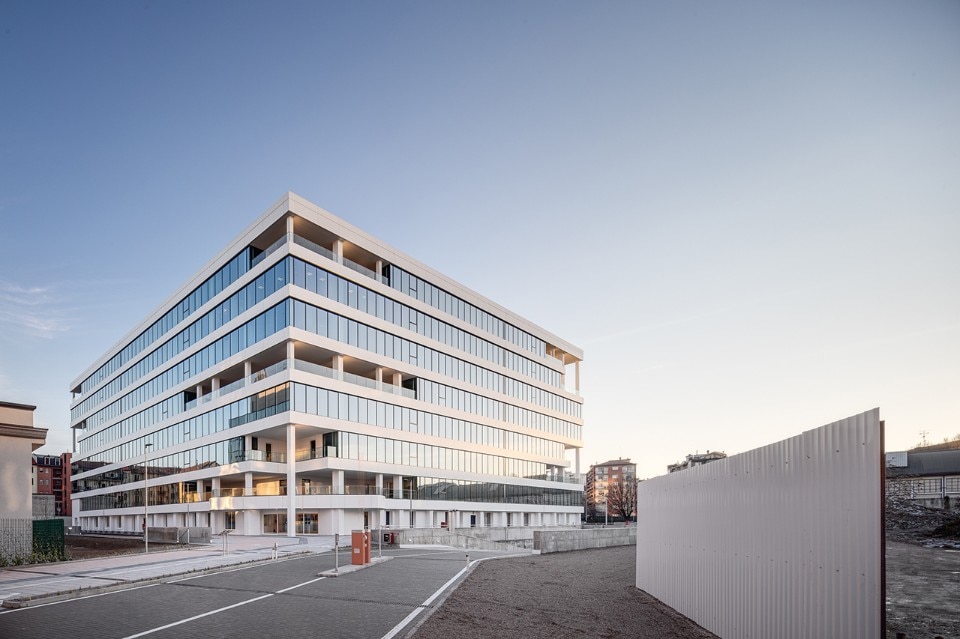
Studio FZ, Municipal office building, via Sile 8, Milano, 2021. Photo © Davide Galli Fotografo
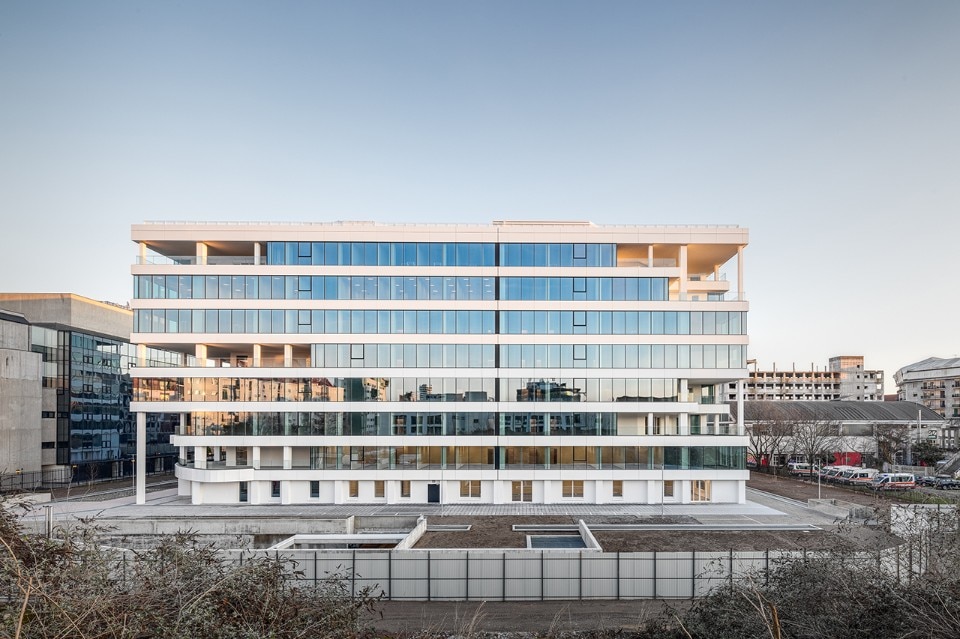
Studio FZ, Municipal office building, via Sile 8, Milano, 2021. Photo © Davide Galli Fotografo
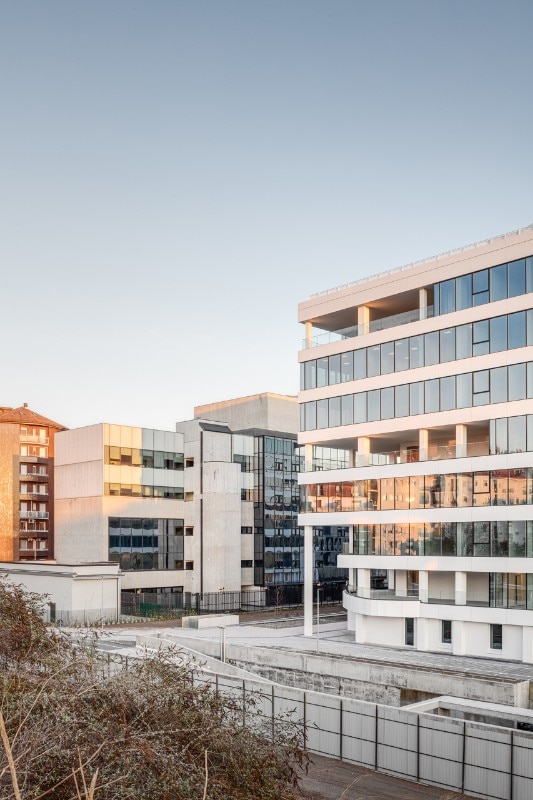
Studio FZ, Municipal office building, via Sile 8, Milano, 2021. Photo © Davide Galli Fotografo
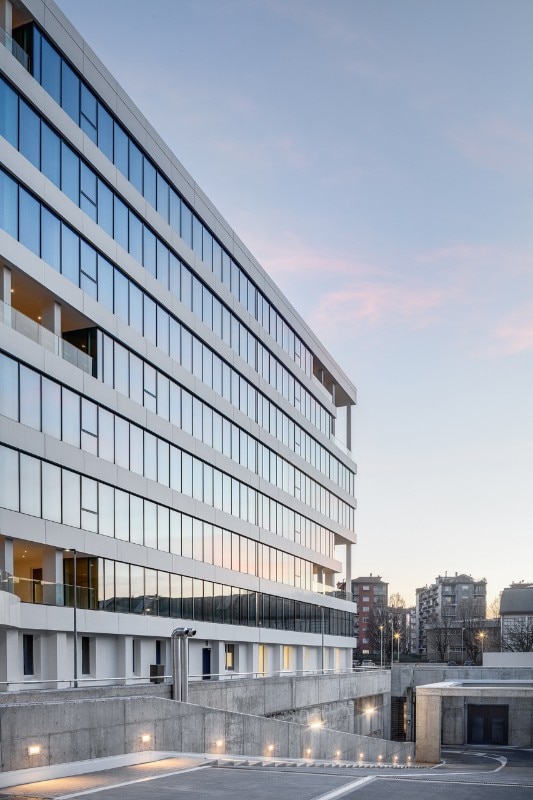
Studio FZ, Municipal office building, via Sile 8, Milano, 2021. Photo © Davide Galli Fotografo
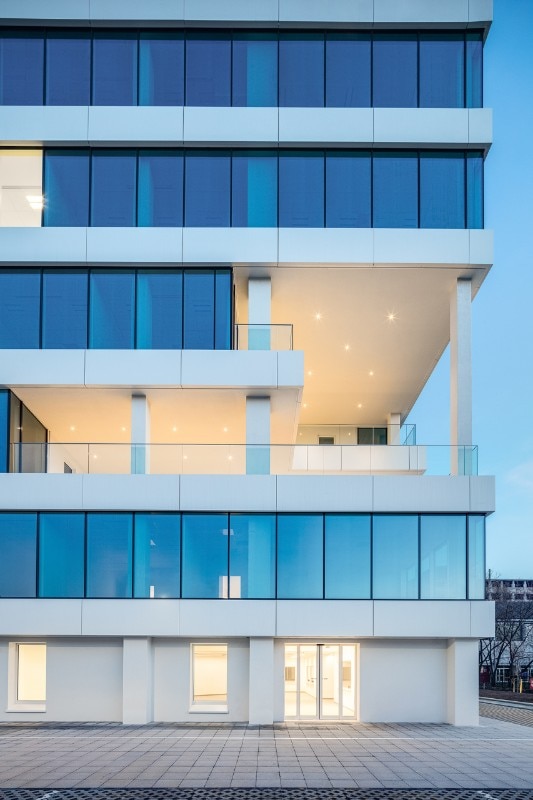
Studio FZ, Municipal office building, via Sile 8, Milano, 2021. Photo © Davide Galli Fotografo
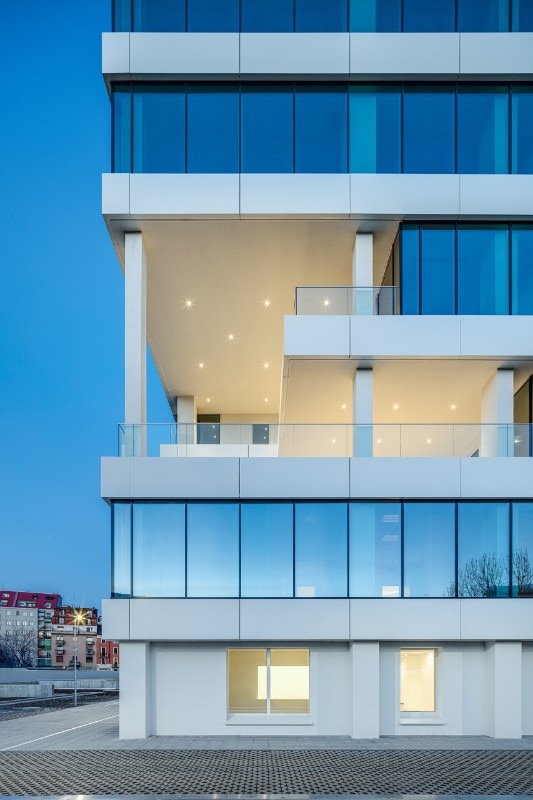
Studio FZ, Municipal office building, via Sile 8, Milano, 2021. Photo © Davide Galli Fotografo
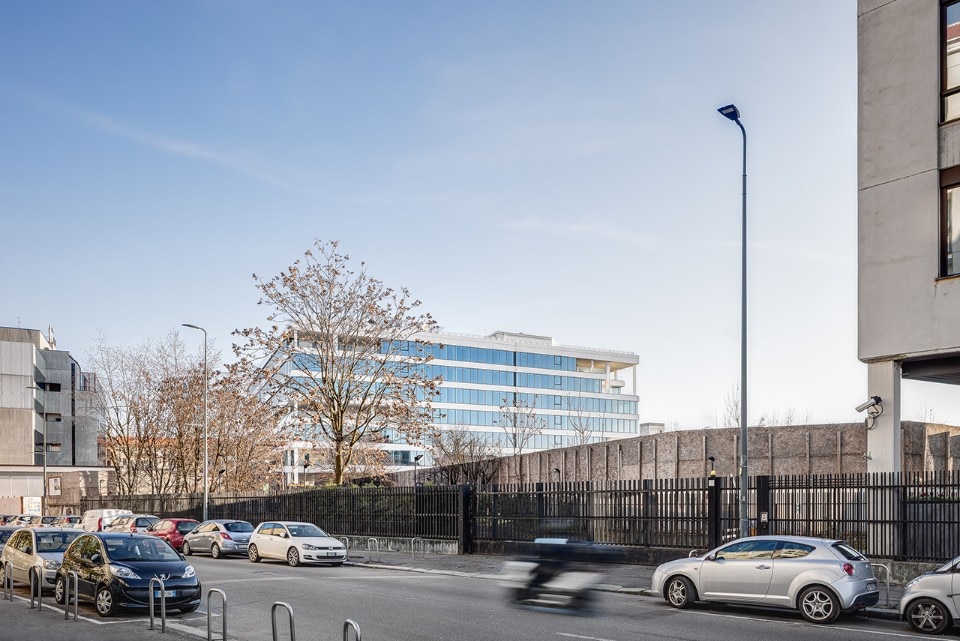
Studio FZ, Municipal office building, via Sile 8, Milano, 2021. Photo © Davide Galli Fotografo
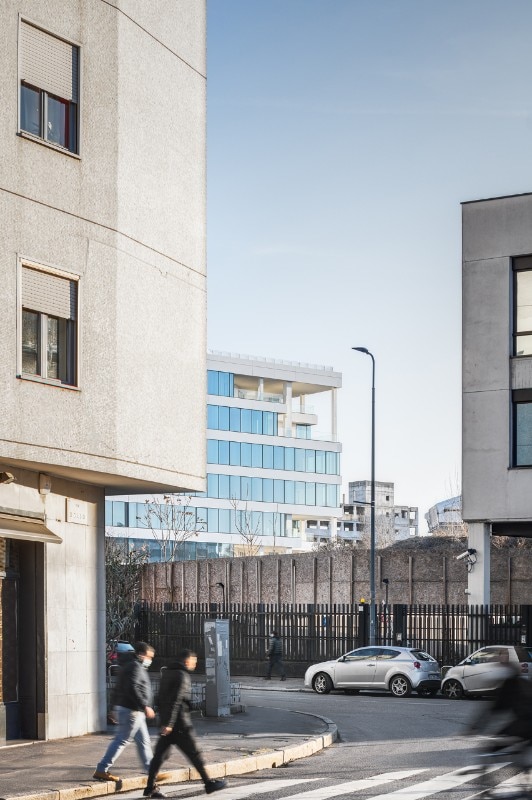
Studio FZ, Municipal office building, via Sile 8, Milano, 2021. Photo © Davide Galli Fotografo
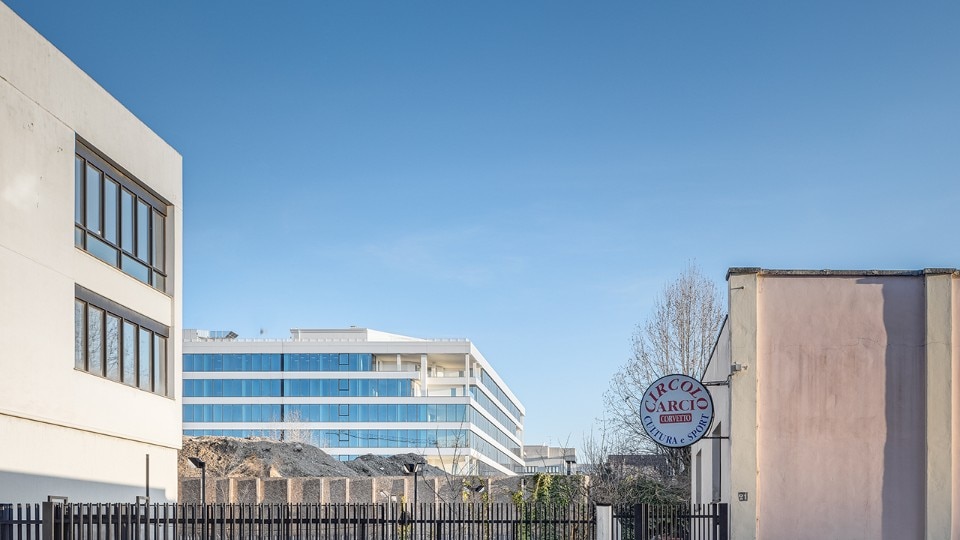
Studio FZ, Municipal office building, via Sile 8, Milano, 2021. Photo © Davide Galli Fotografo
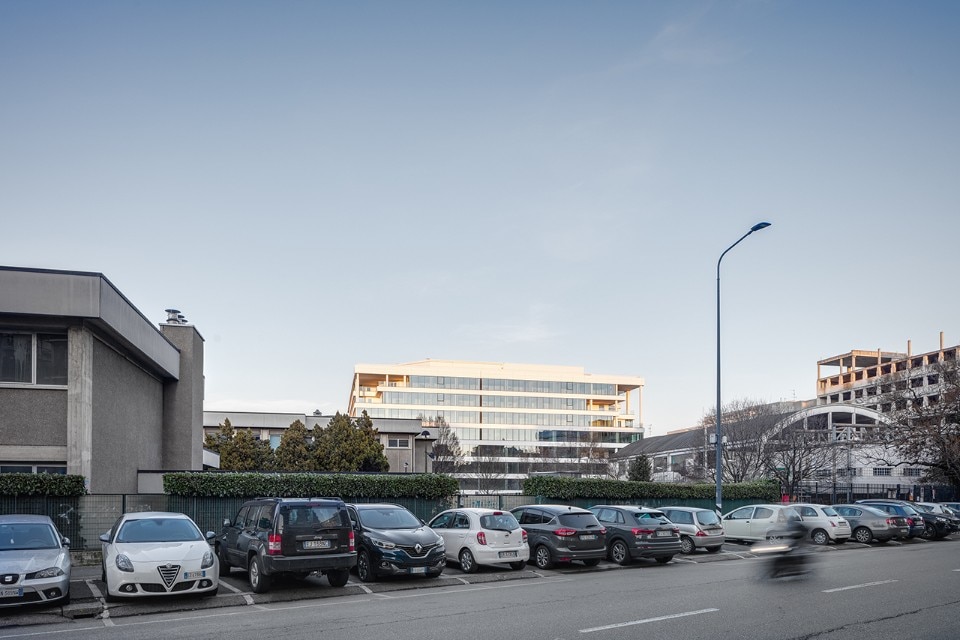
Studio FZ, Municipal office building, via Sile 8, Milano, 2021. Photo © Davide Galli Fotografo
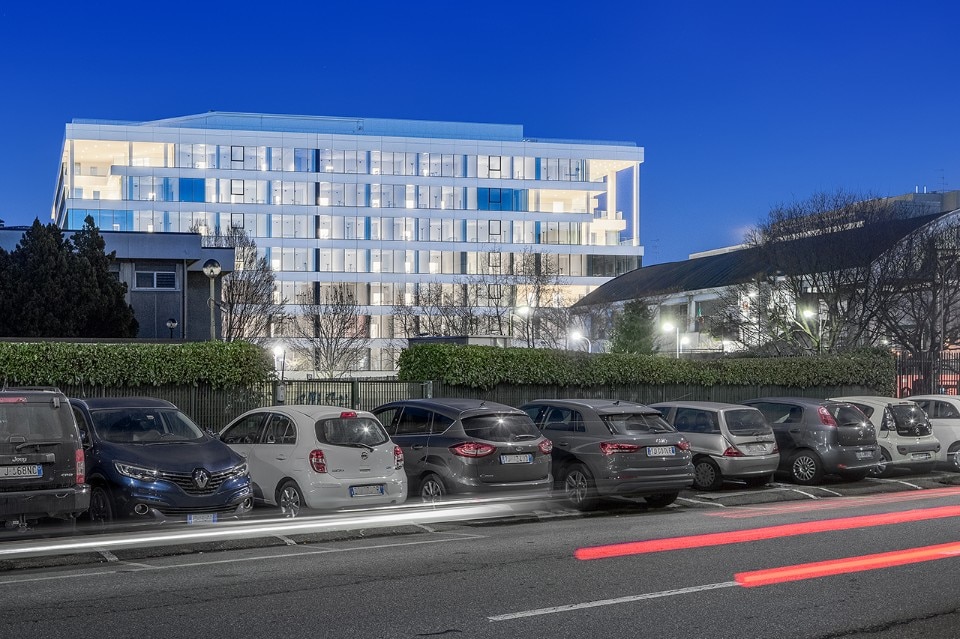
Studio FZ, Municipal office building, via Sile 8, Milano, 2021. Photo © Davide Galli Fotografo
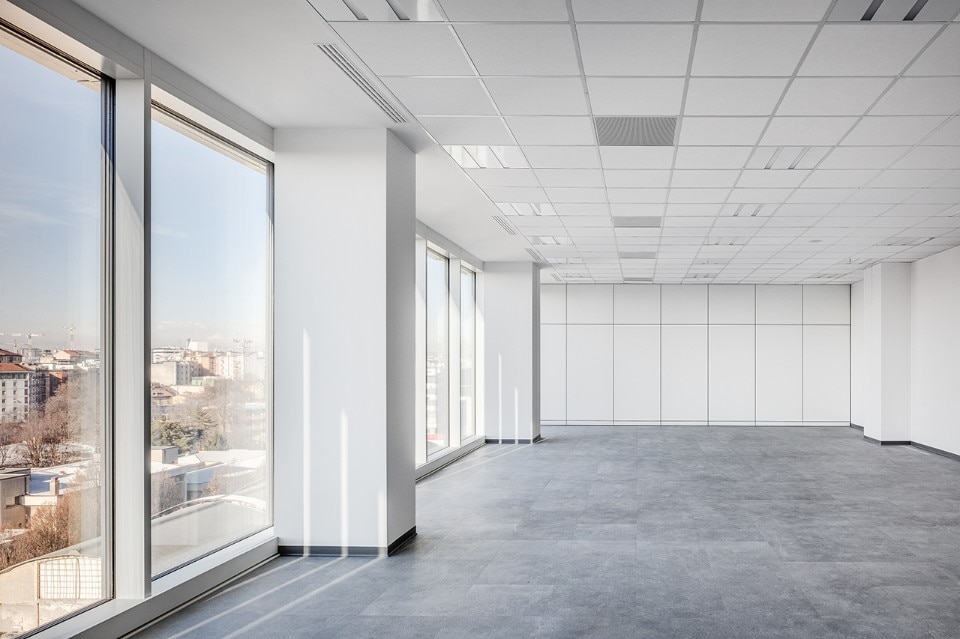
Studio FZ, Municipal office building, via Sile 8, Milano, 2021. Photo © Davide Galli Fotografo
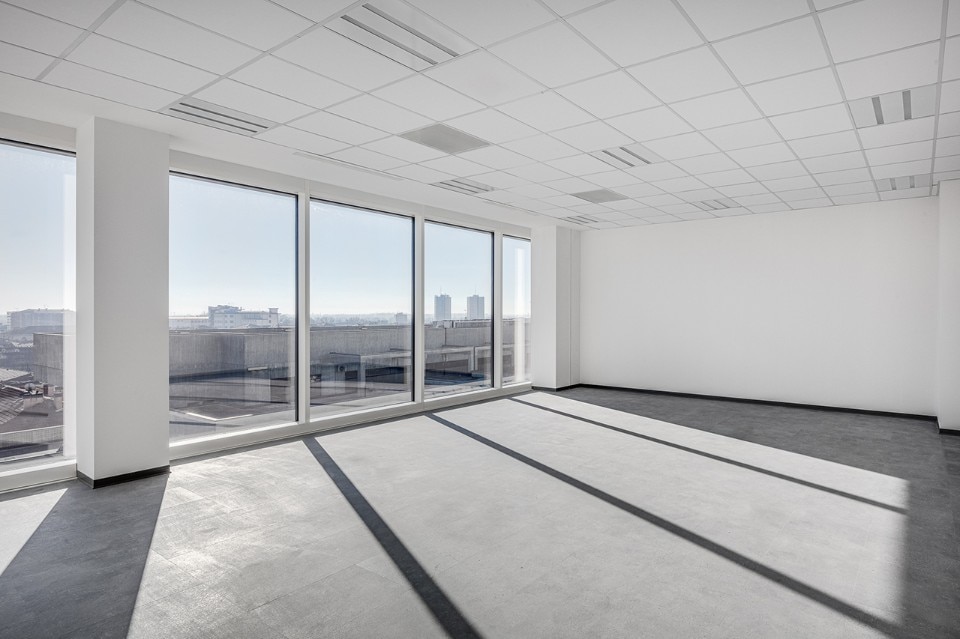
Studio FZ, Municipal office building, via Sile 8, Milano, 2021. Photo © Davide Galli Fotografo
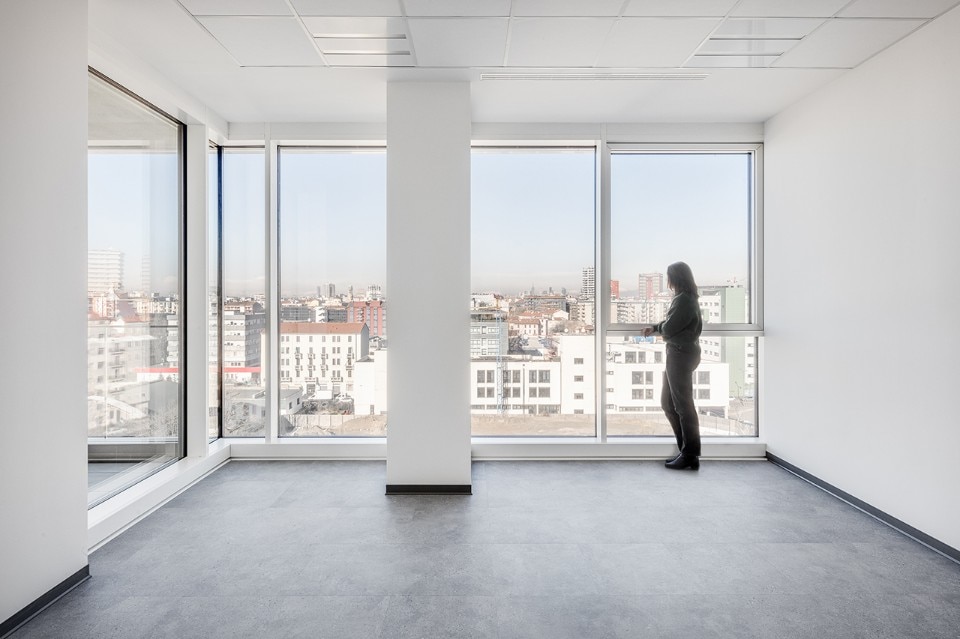
Studio FZ, Municipal office building, via Sile 8, Milano, 2021. Photo © Davide Galli Fotografo
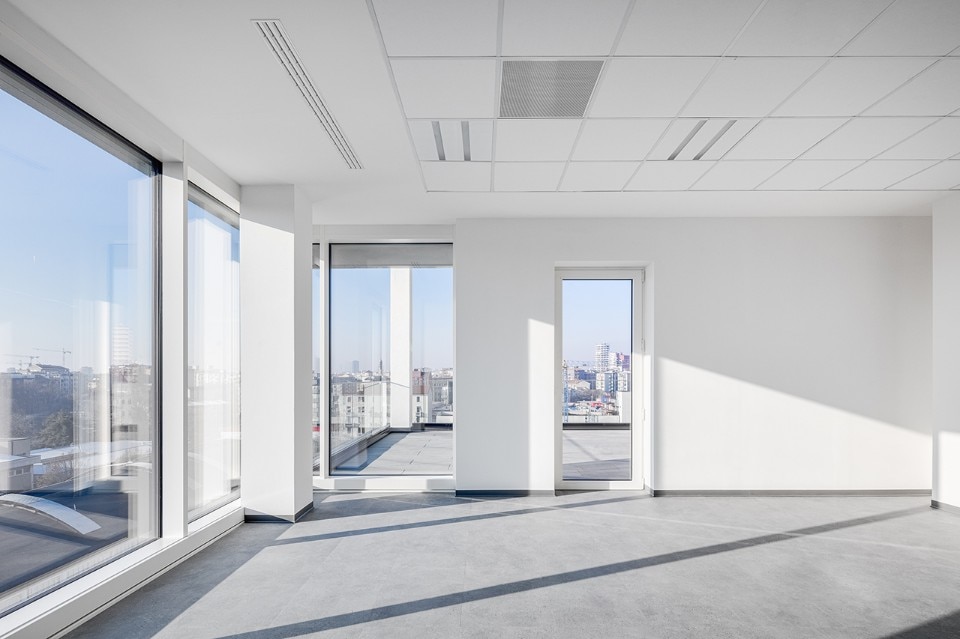
Studio FZ, Municipal office building, via Sile 8, Milano, 2021. Photo © Davide Galli Fotografo
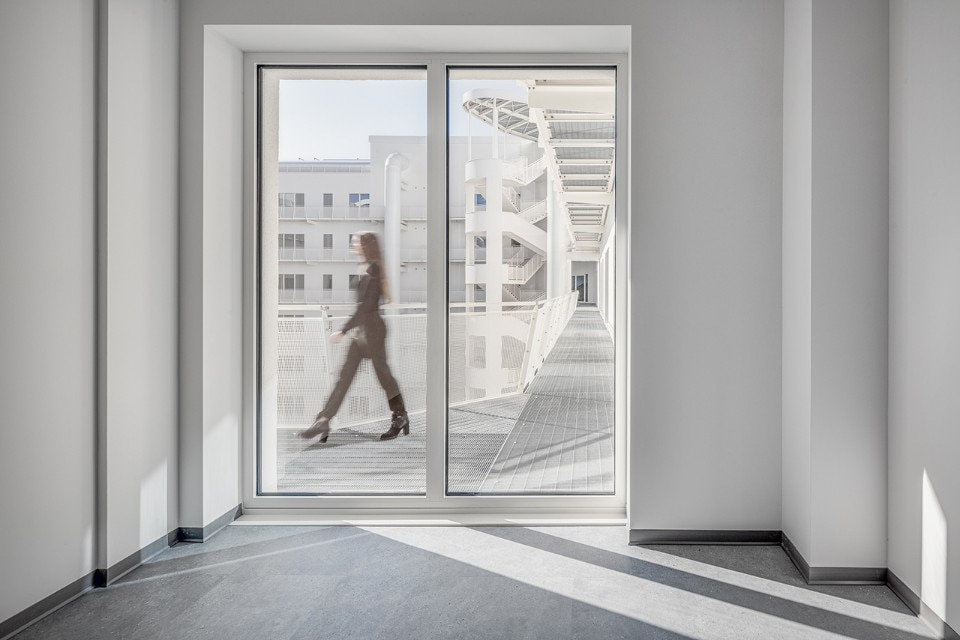
Studio FZ, Municipal office building, via Sile 8, Milano, 2021. Photo © Davide Galli Fotografo
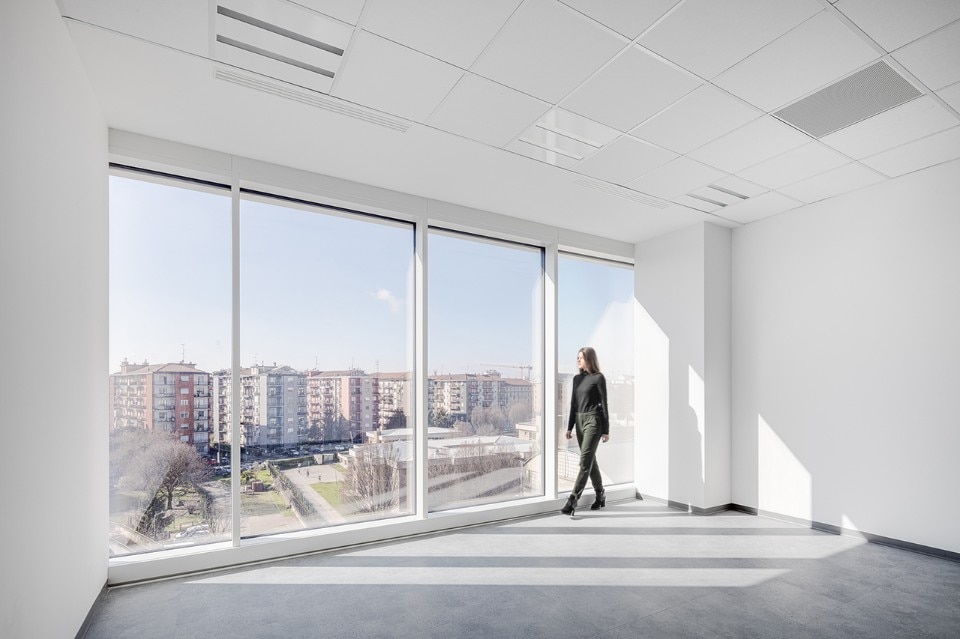
Studio FZ, Municipal office building, via Sile 8, Milano, 2021. Photo © Davide Galli Fotografo
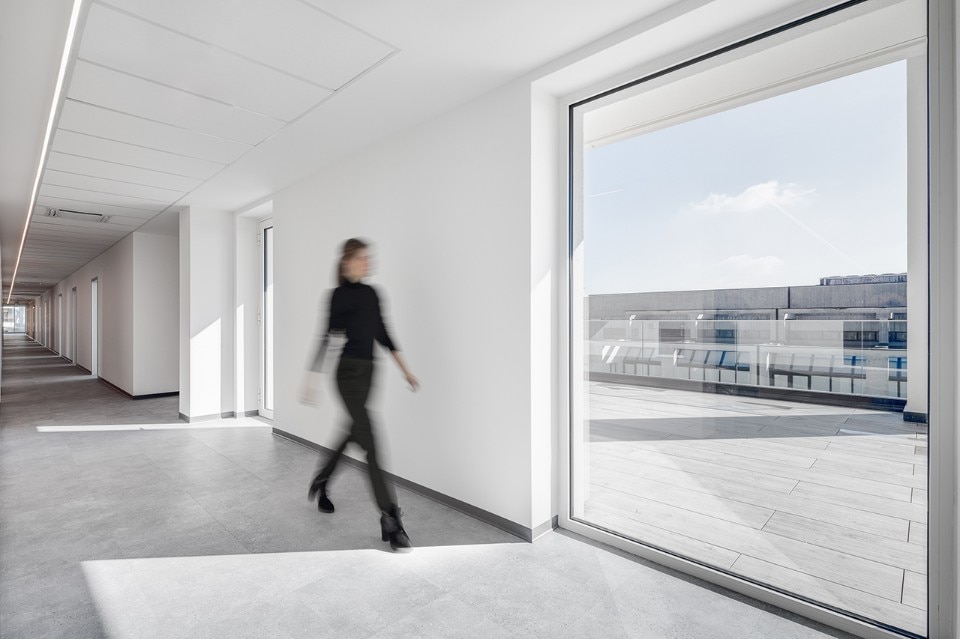
Studio FZ, Municipal office building, via Sile 8, Milano, 2021. Photo © Davide Galli Fotografo
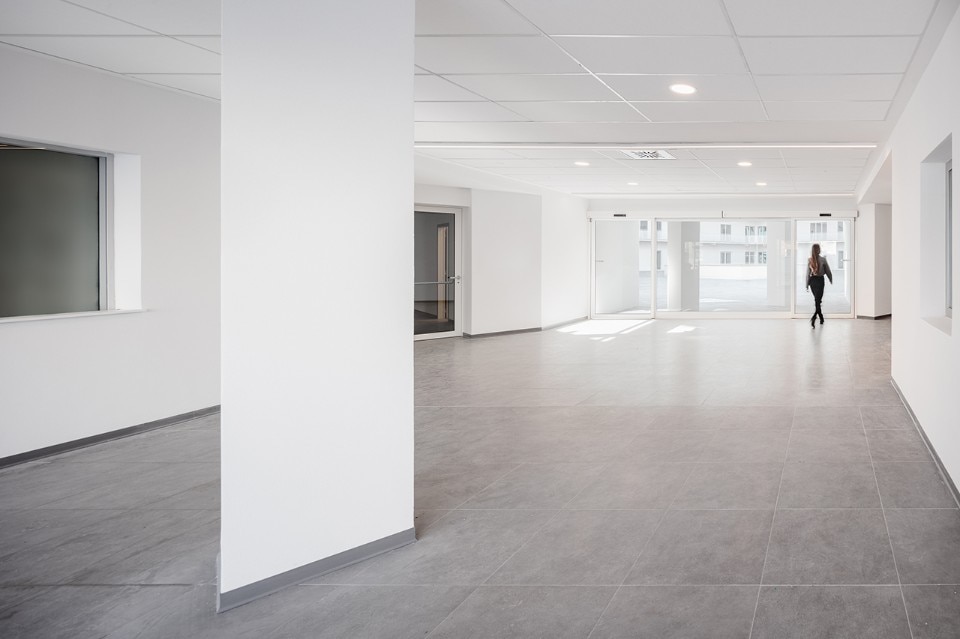
Studio FZ, Municipal office building, via Sile 8, Milano, 2021. Photo © Davide Galli Fotografo
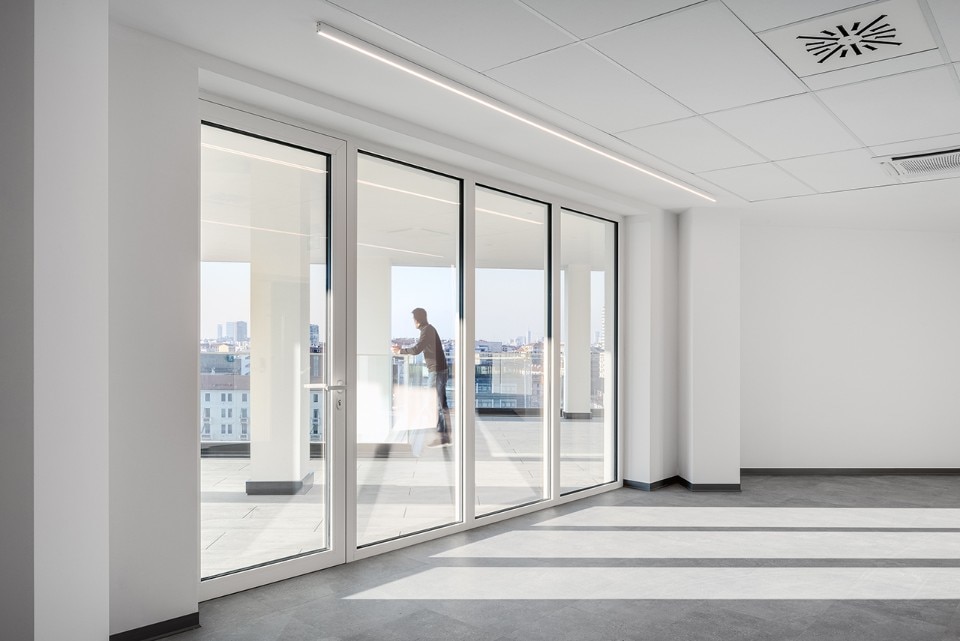
Studio FZ, Municipal office building, via Sile 8, Milano, 2021. Photo © Davide Galli Fotografo
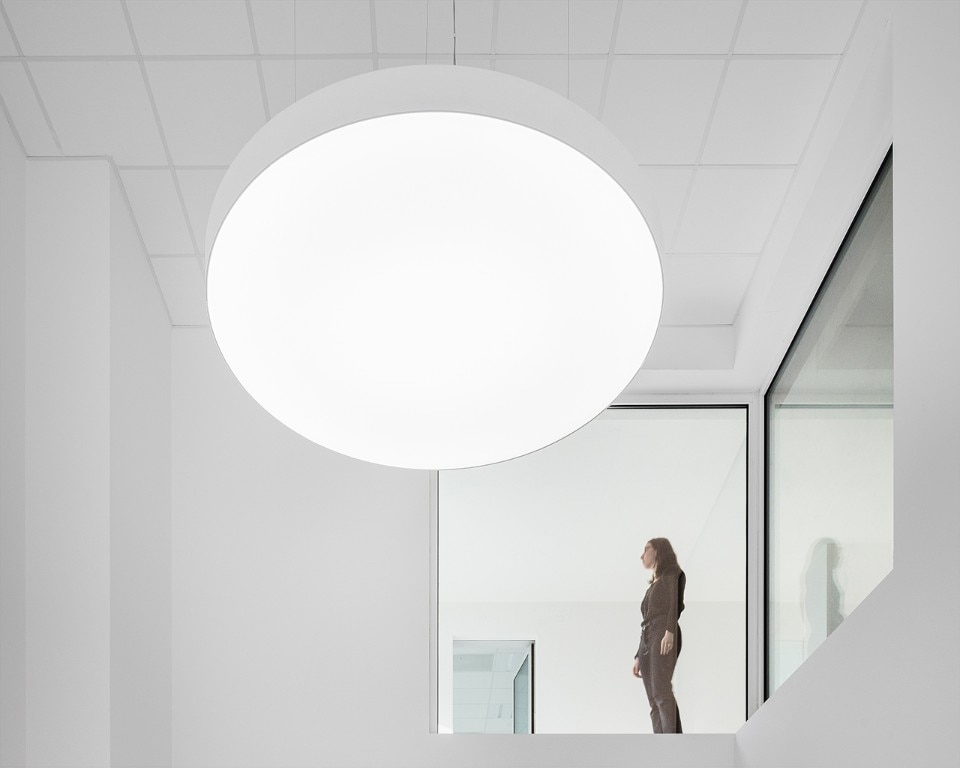
Studio FZ, Municipal office building, via Sile 8, Milano, 2021. Photo © Davide Galli Fotografo
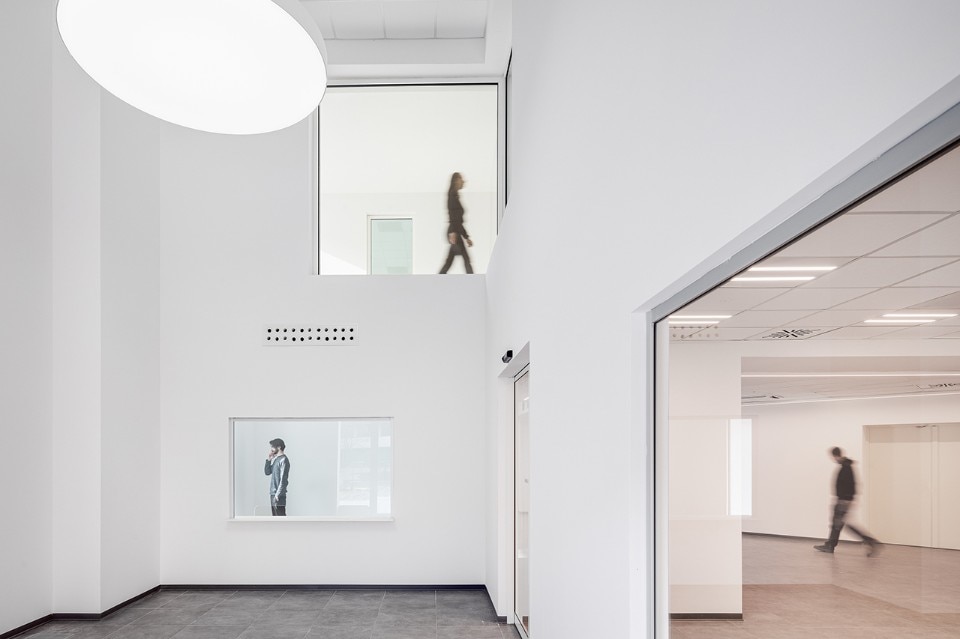
Studio FZ, Municipal office building, via Sile 8, Milano, 2021. Photo © Davide Galli Fotografo
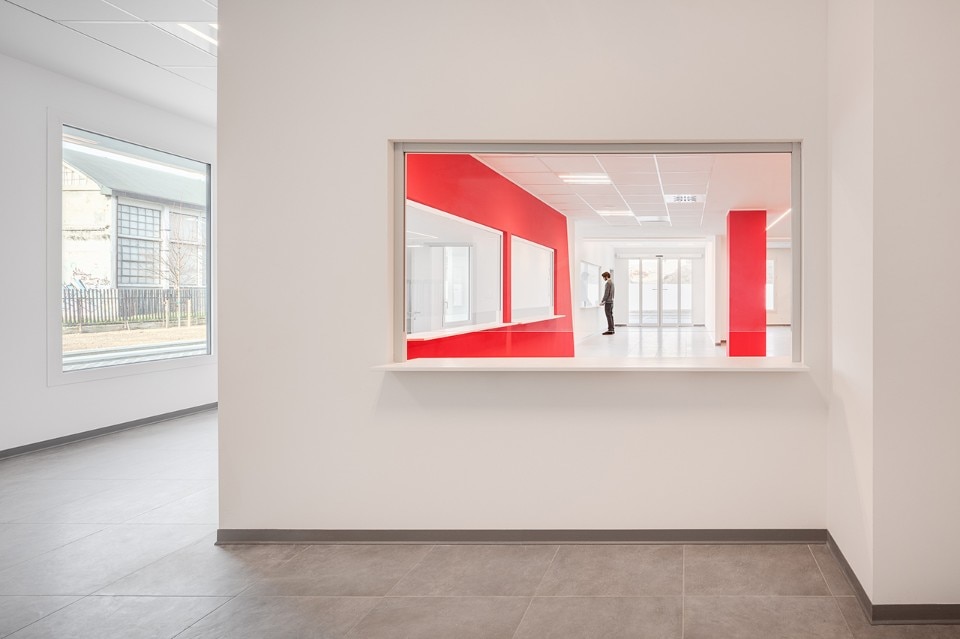
Studio FZ, Municipal office building, via Sile 8, Milano, 2021. Photo © Davide Galli Fotografo
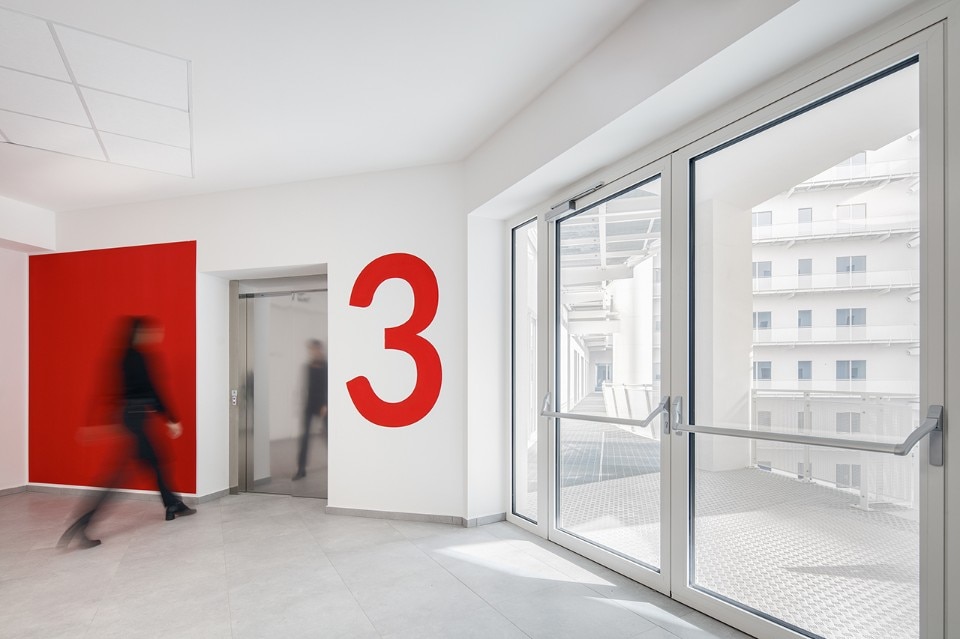
Studio FZ, Municipal office building, via Sile 8, Milano, 2021. Photo © Davide Galli Fotografo
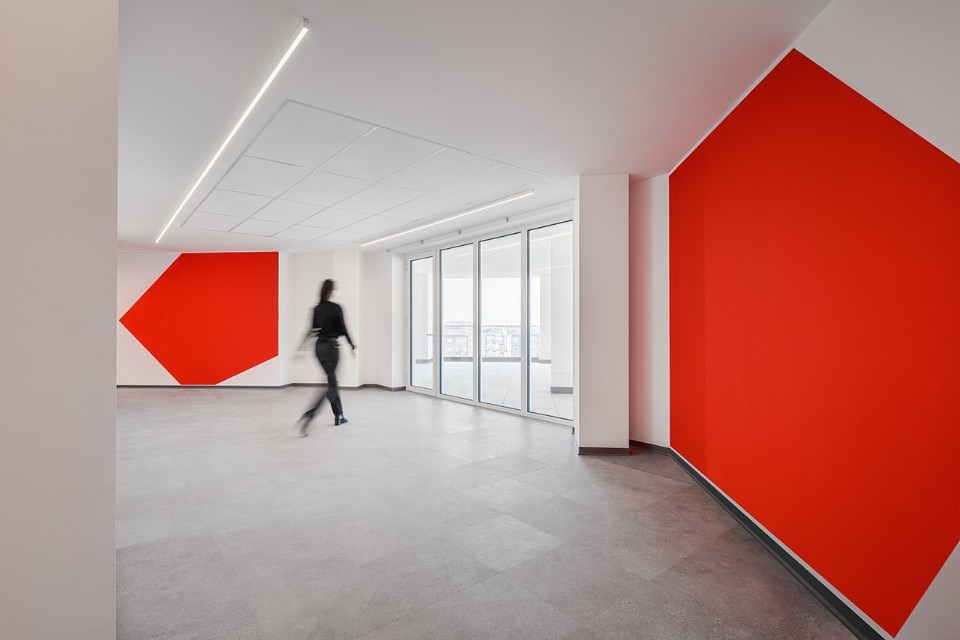
Studio FZ, Municipal office building, via Sile 8, Milano, 2021. Photo © Davide Galli Fotografo
